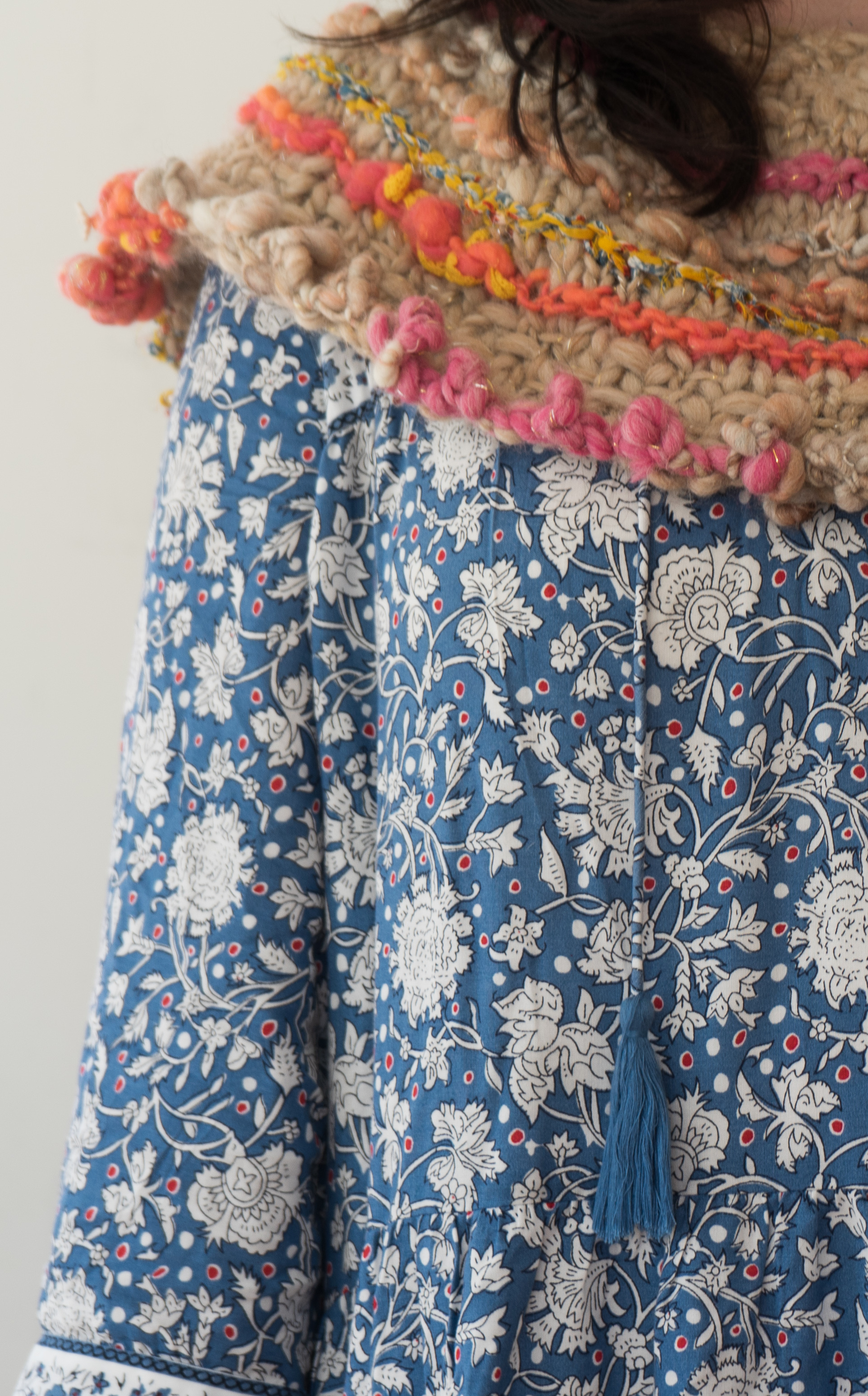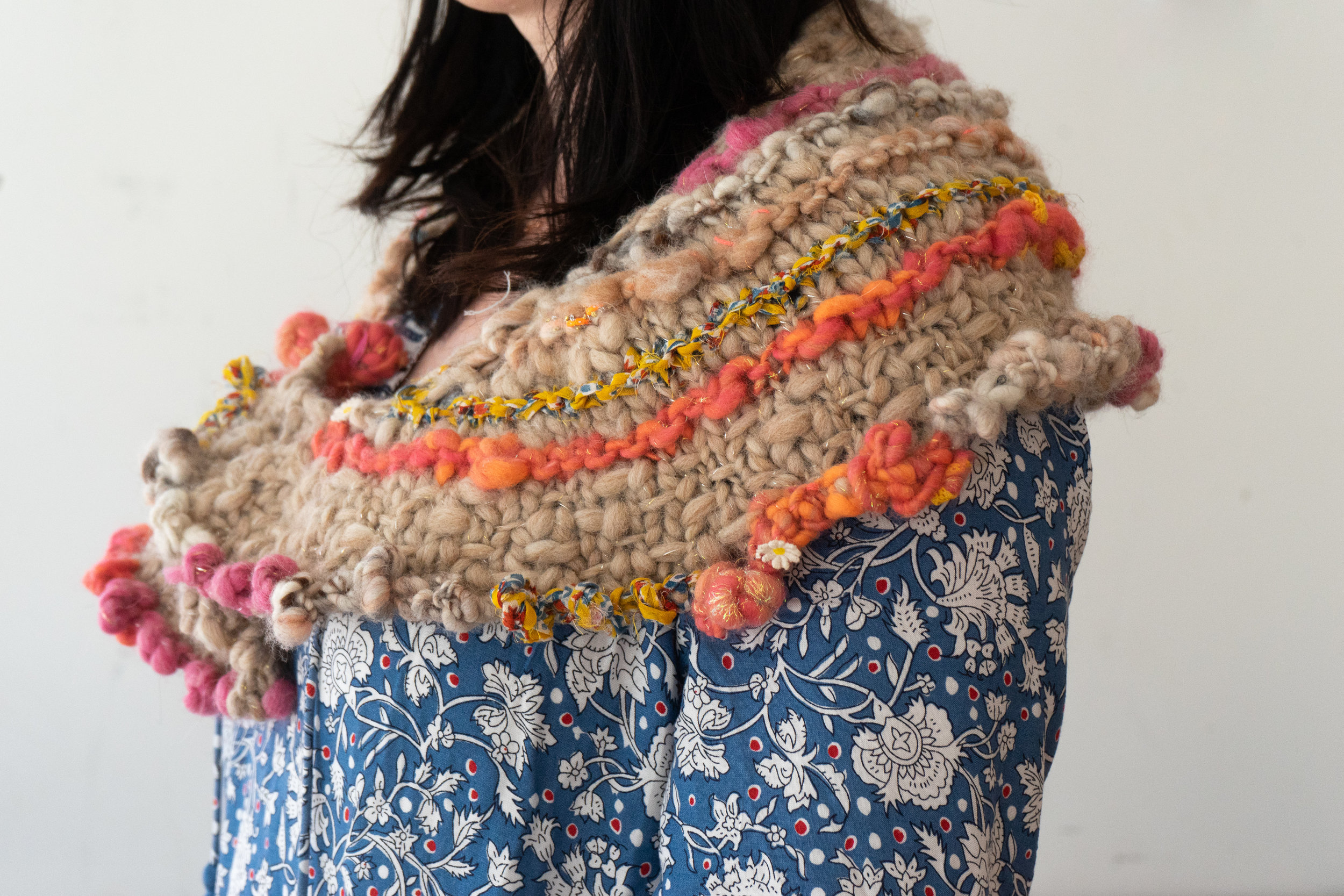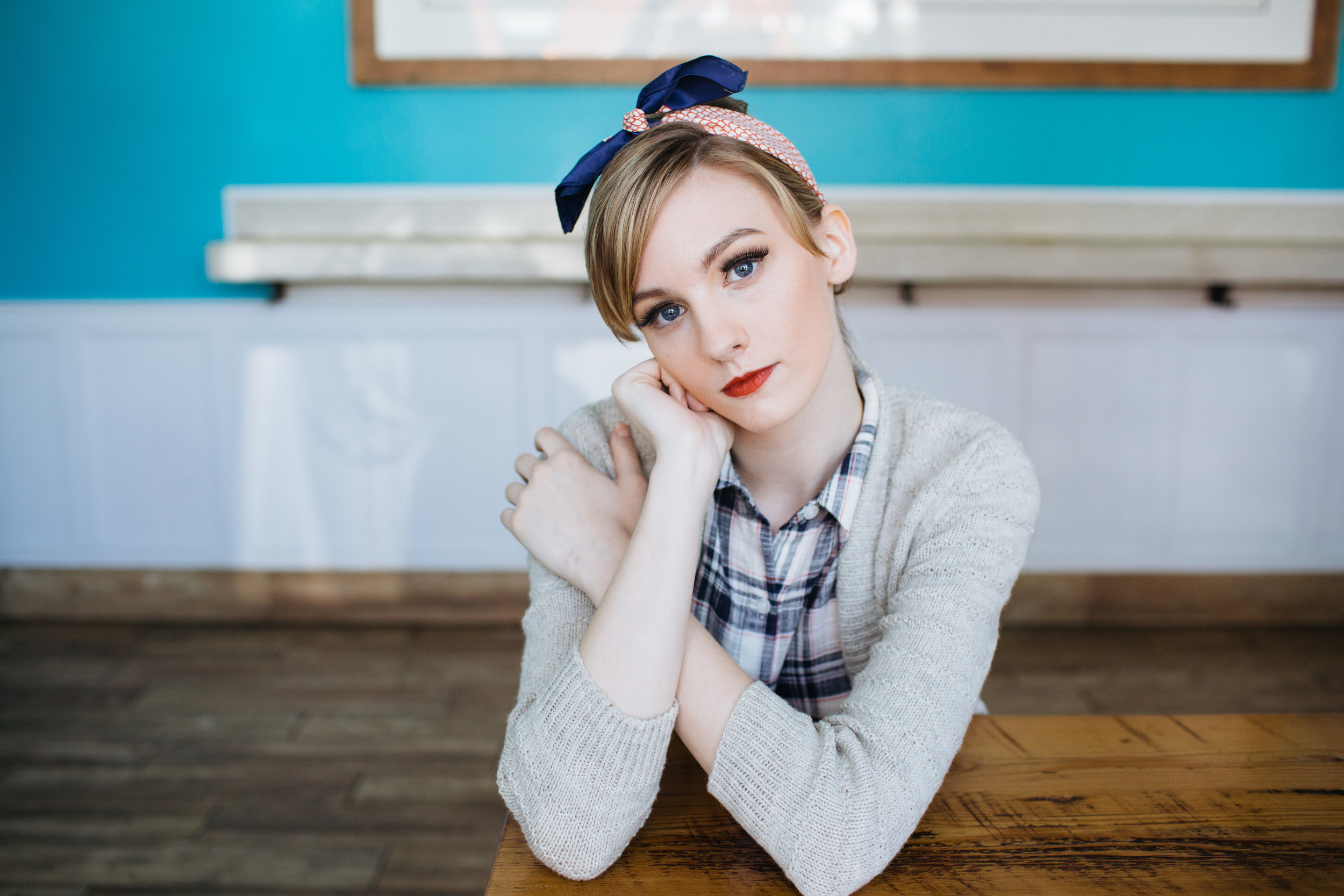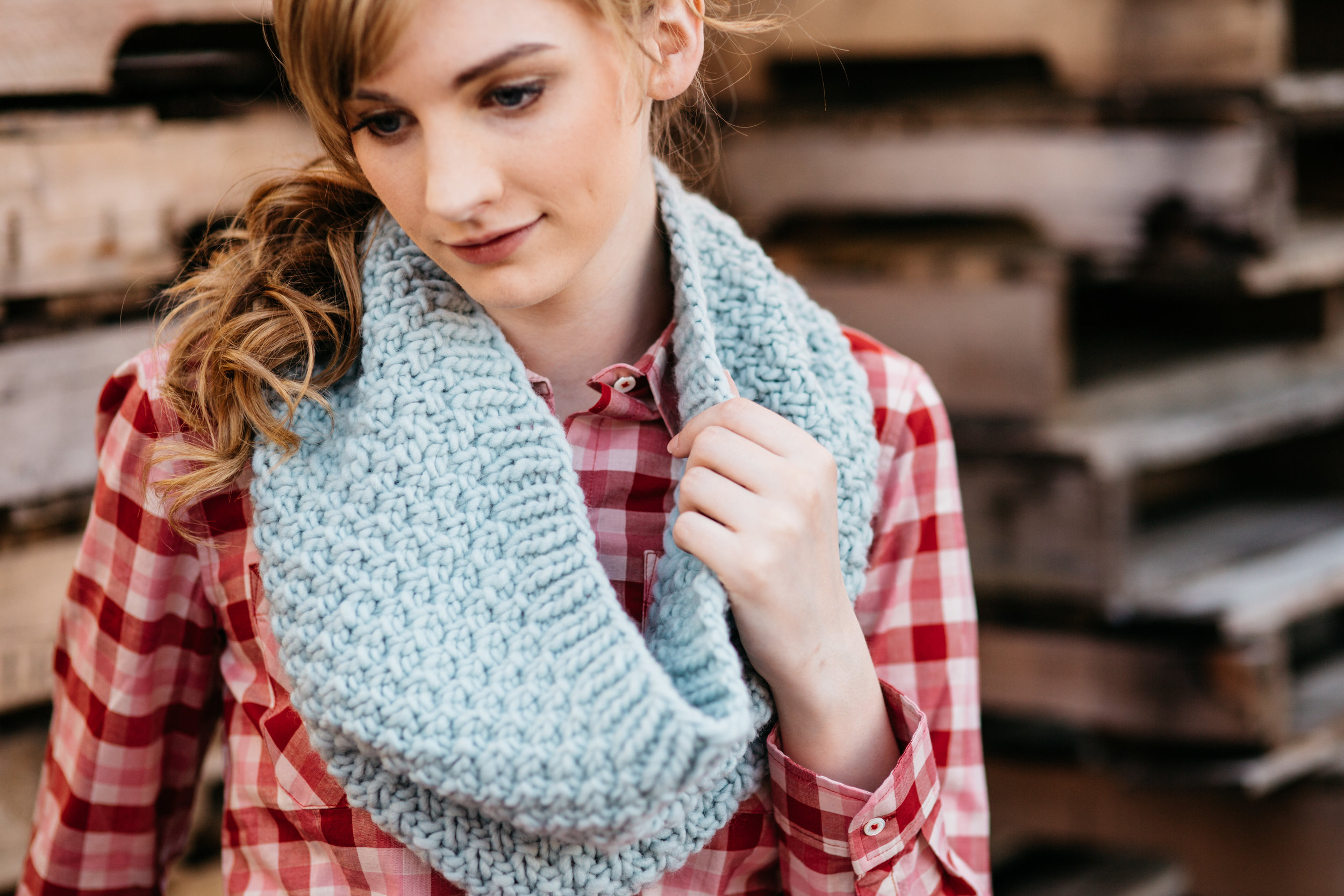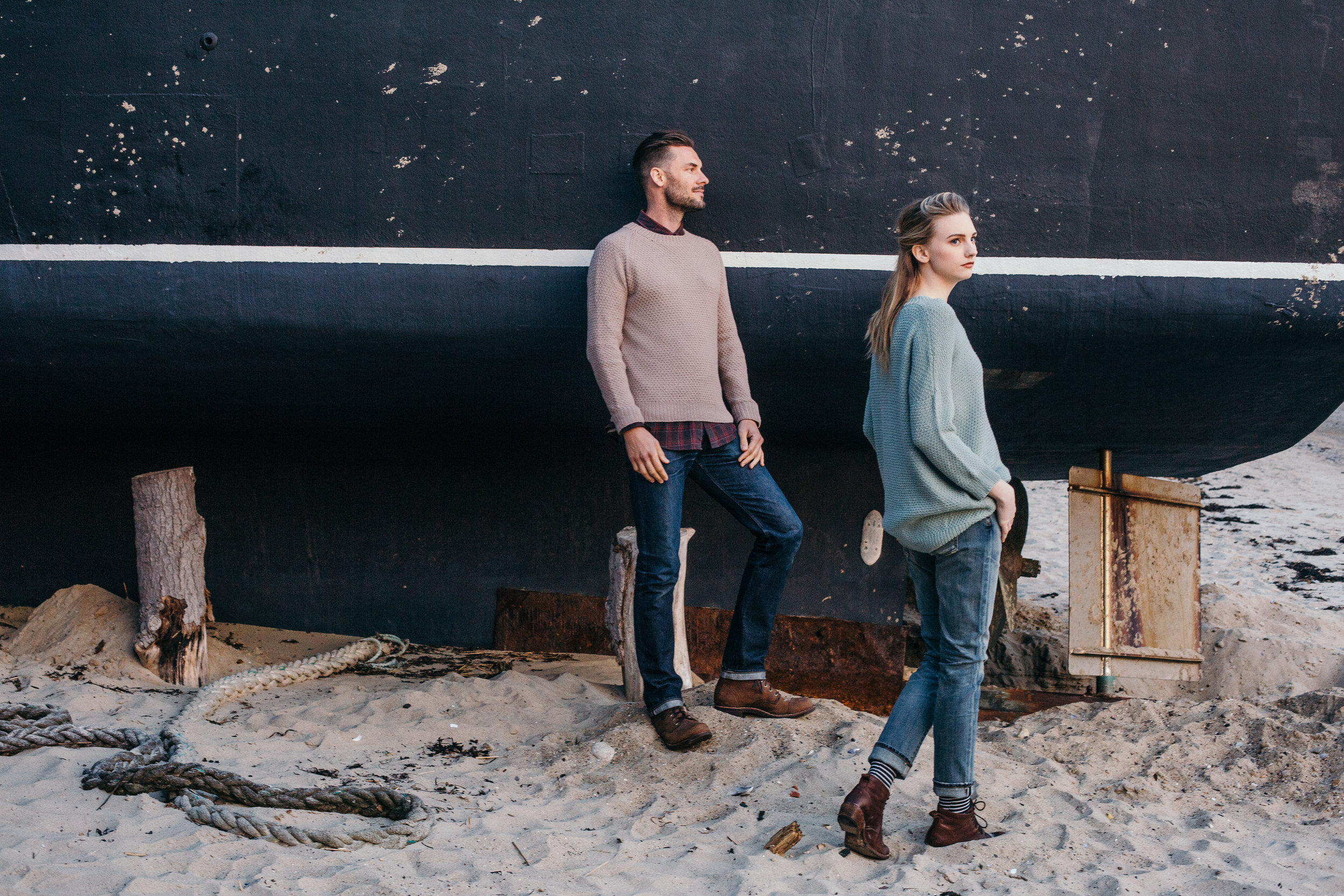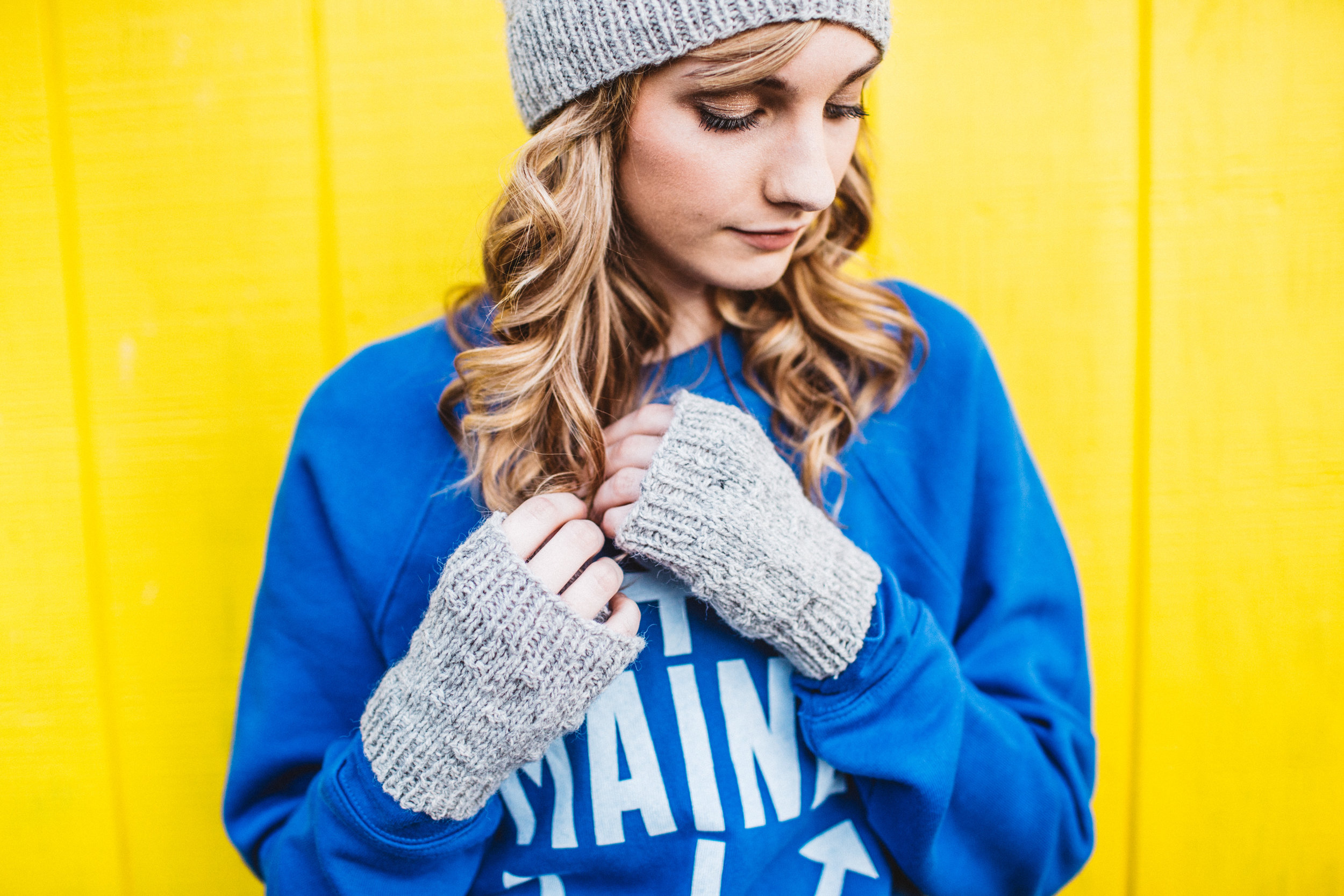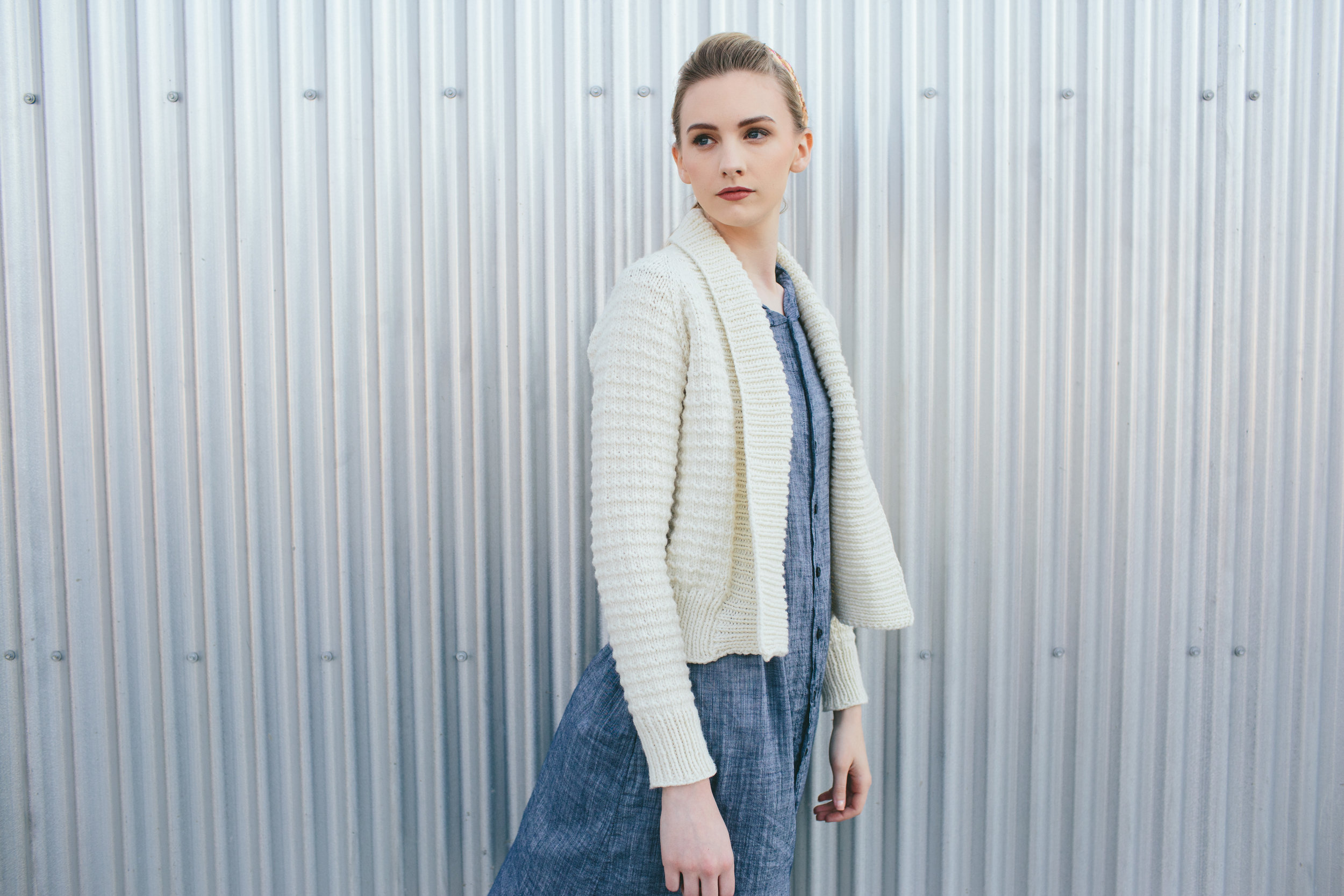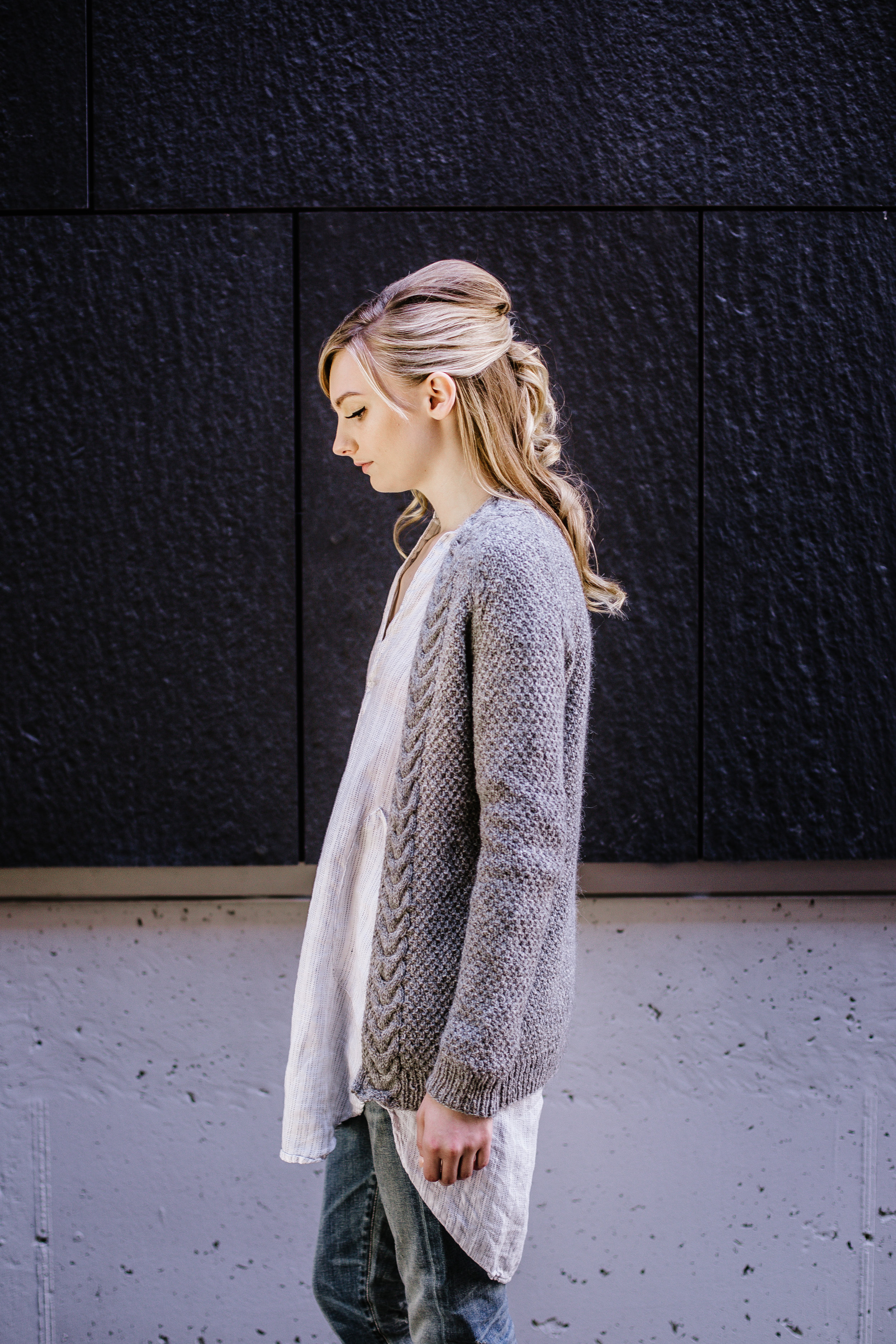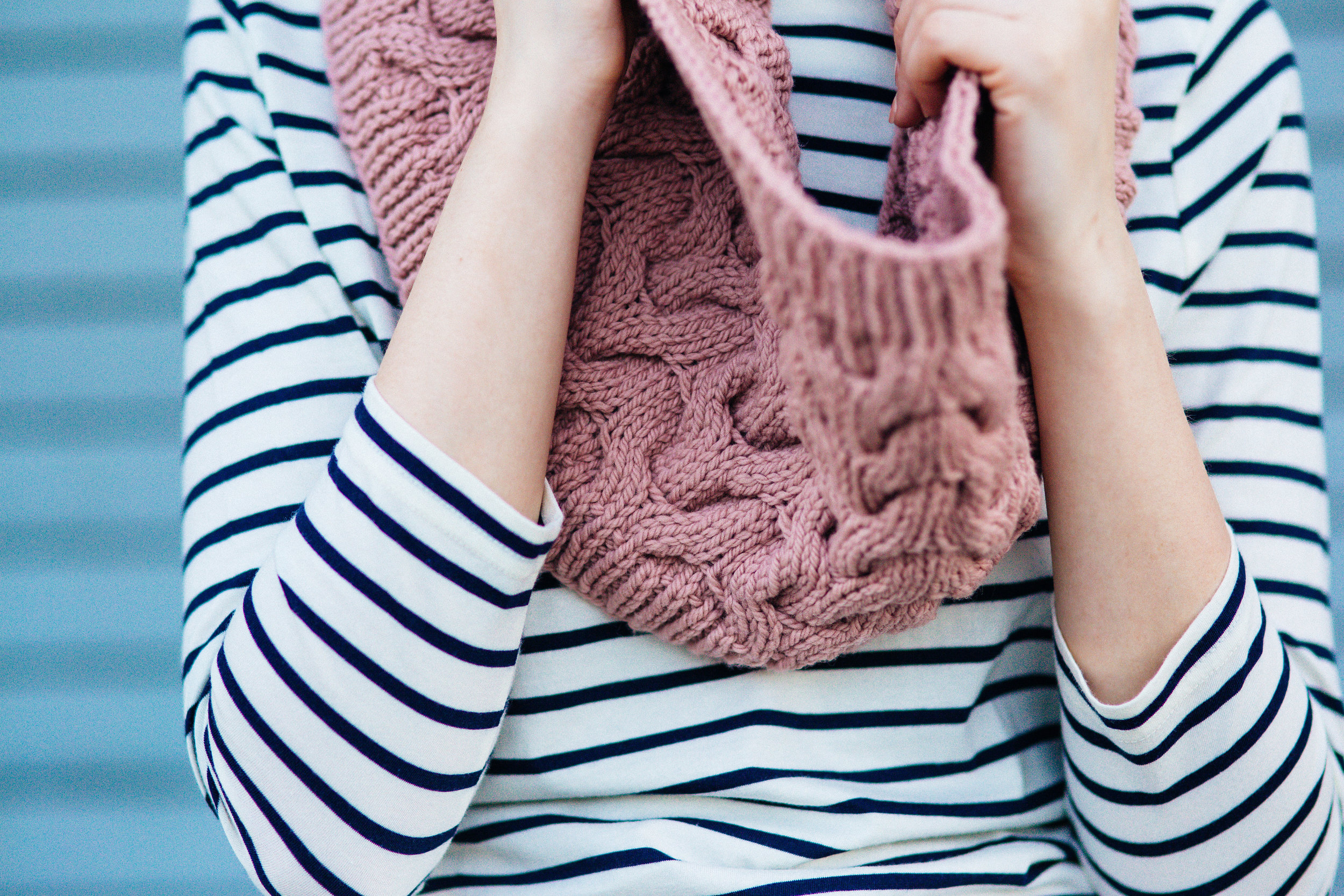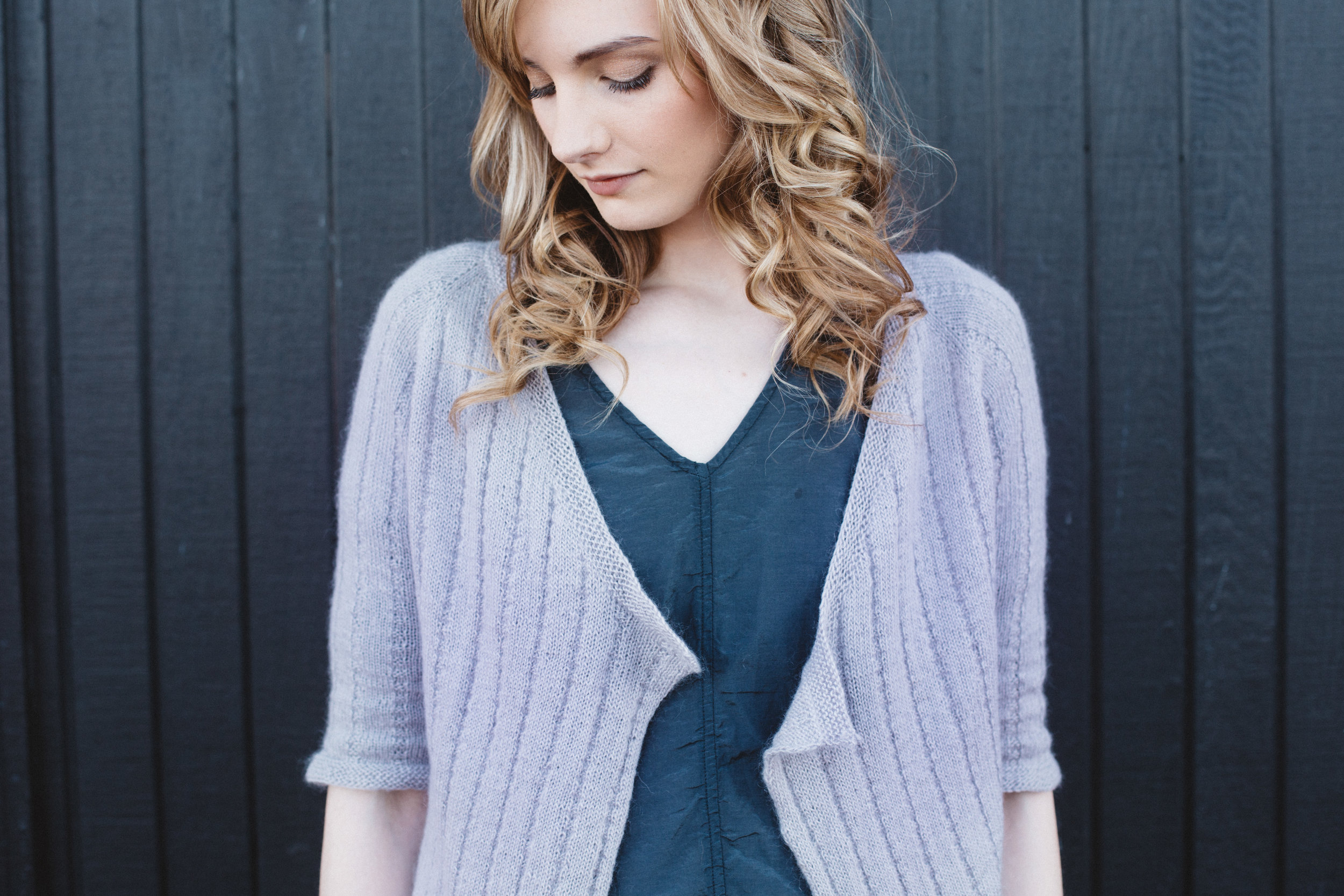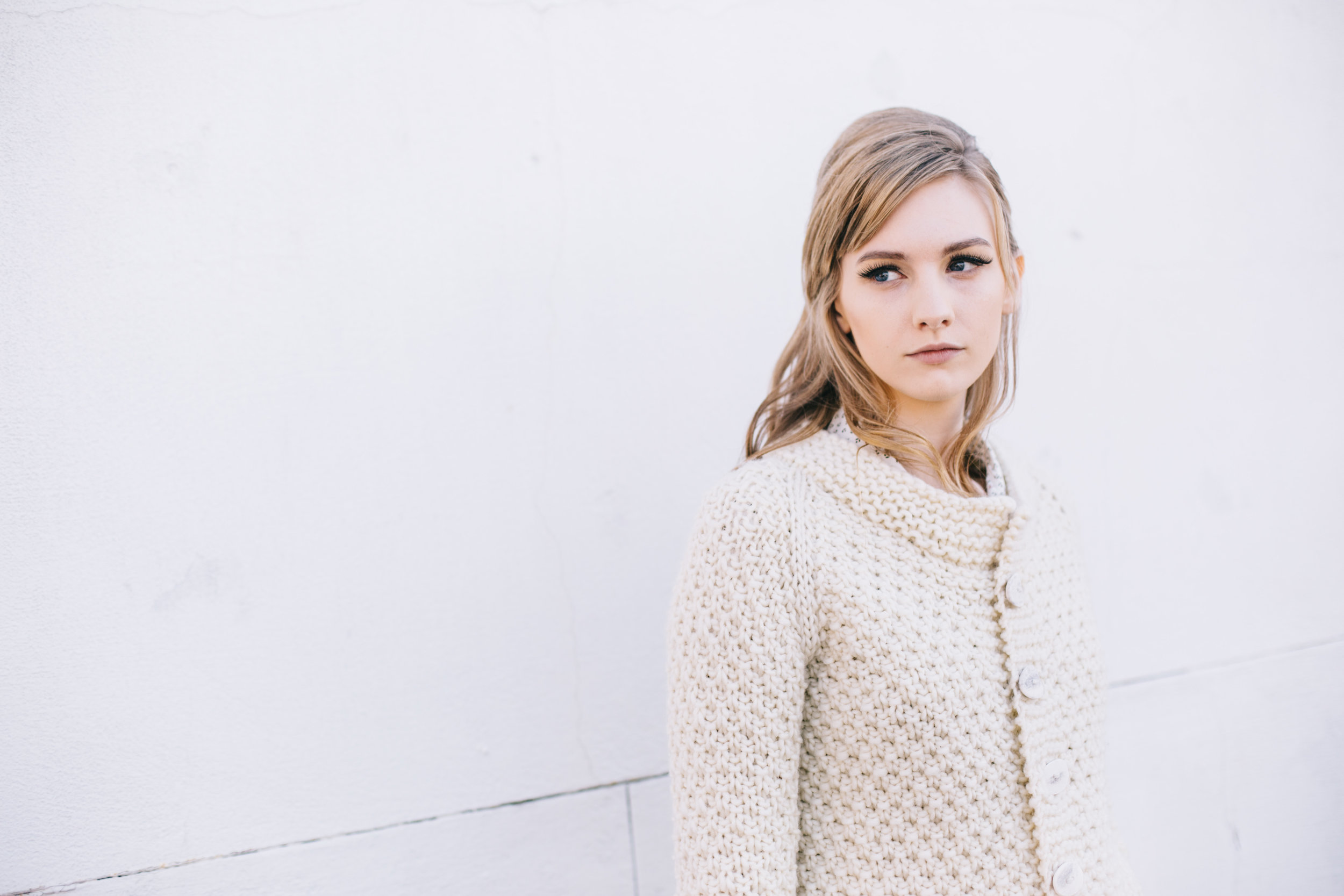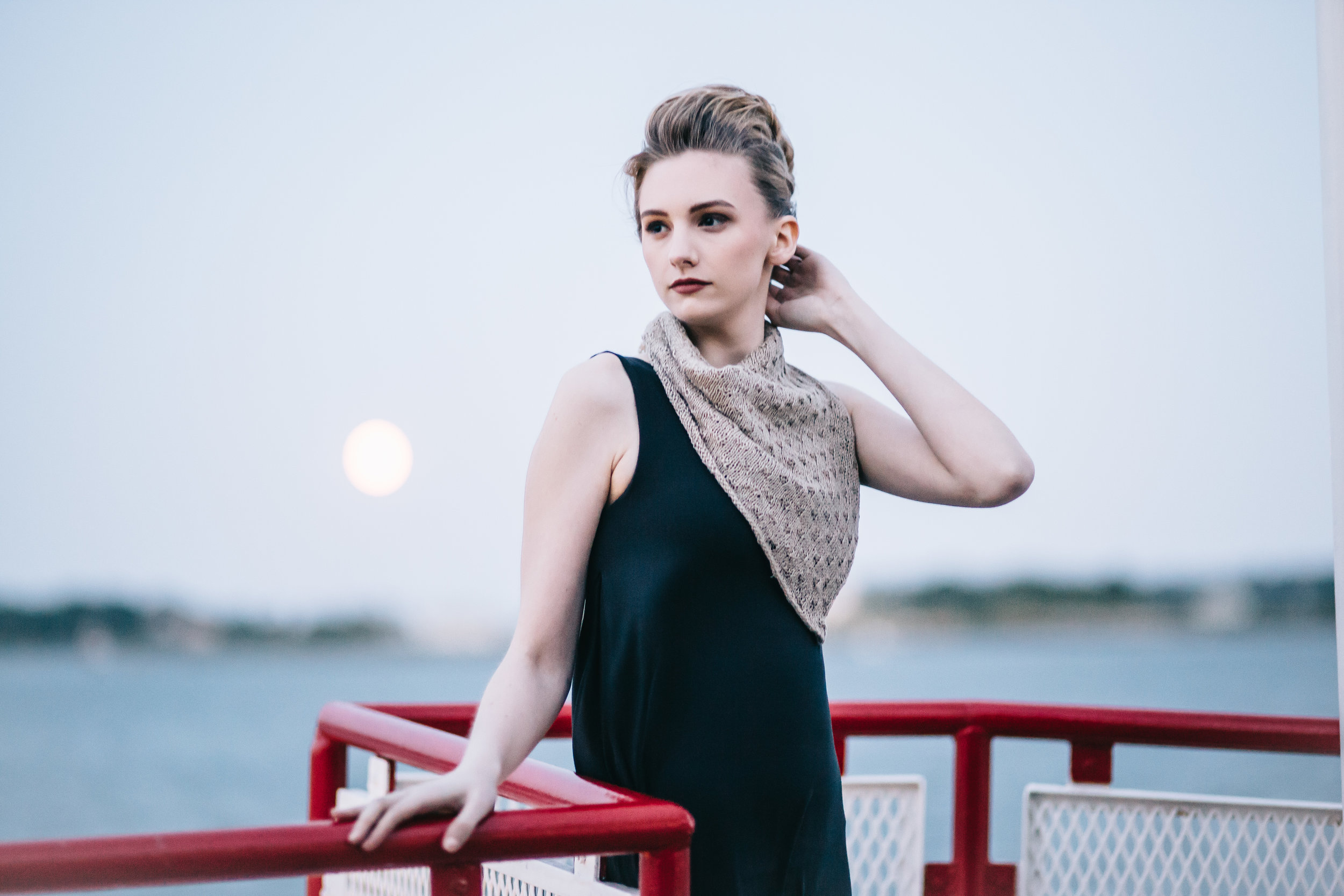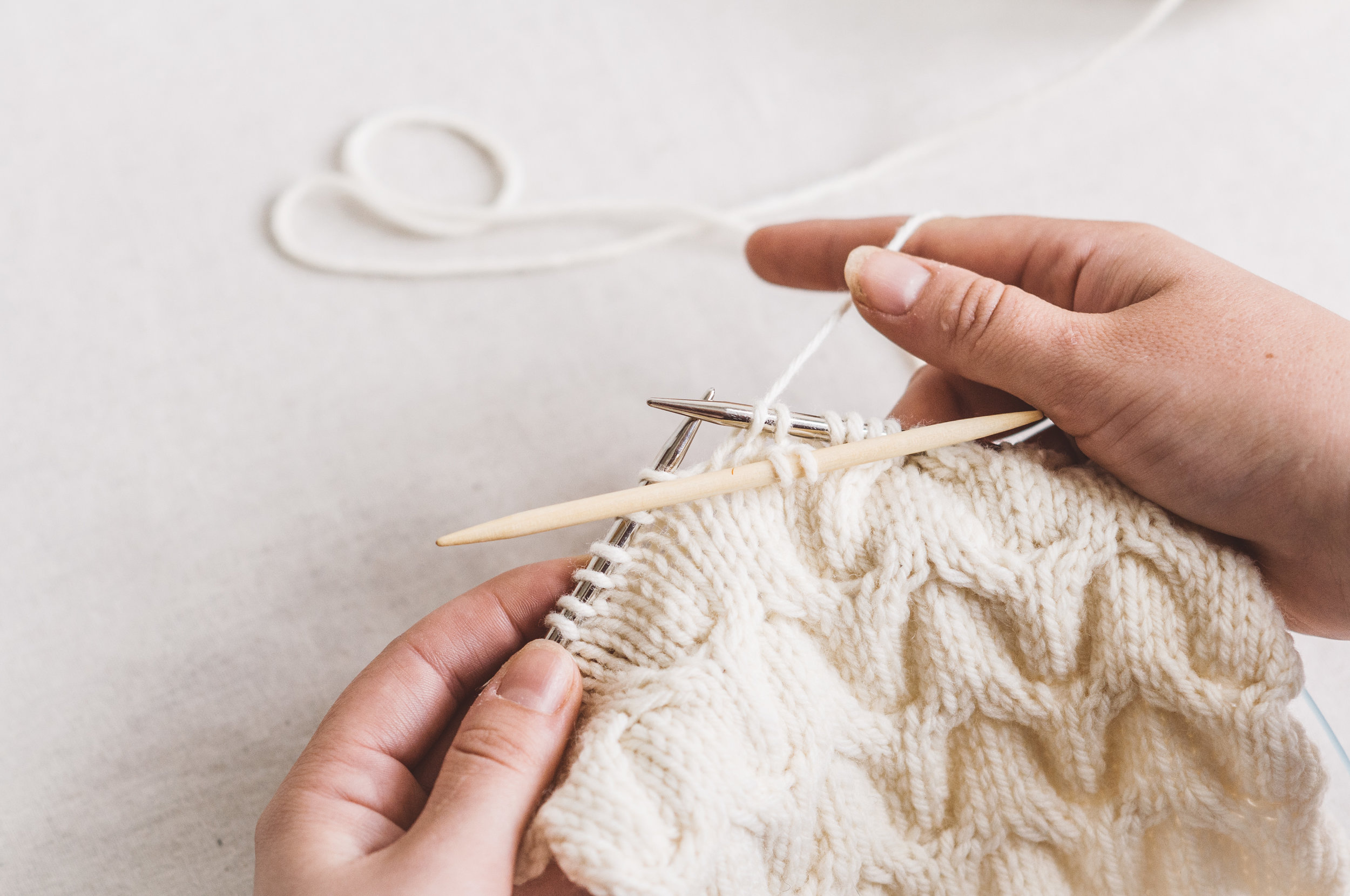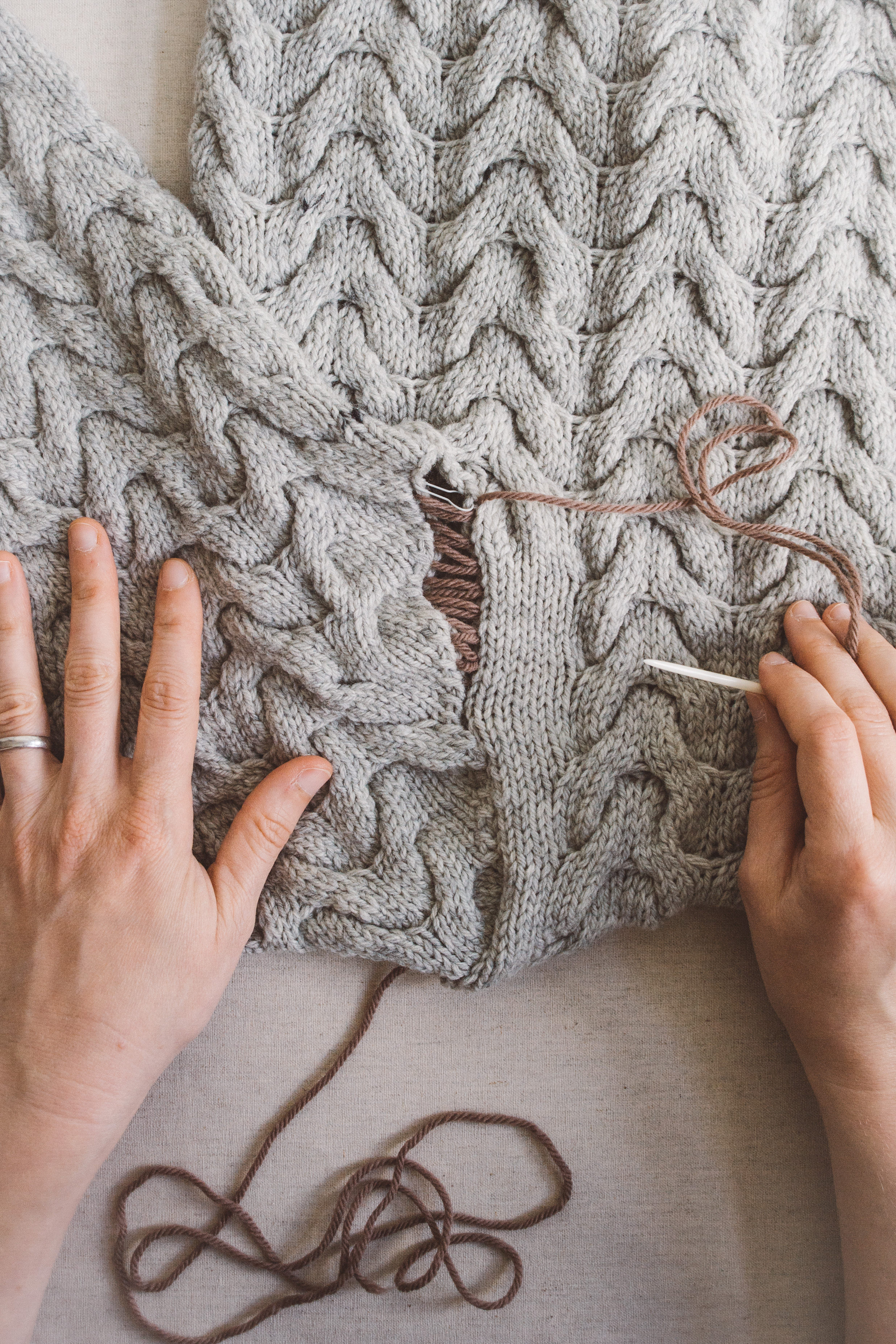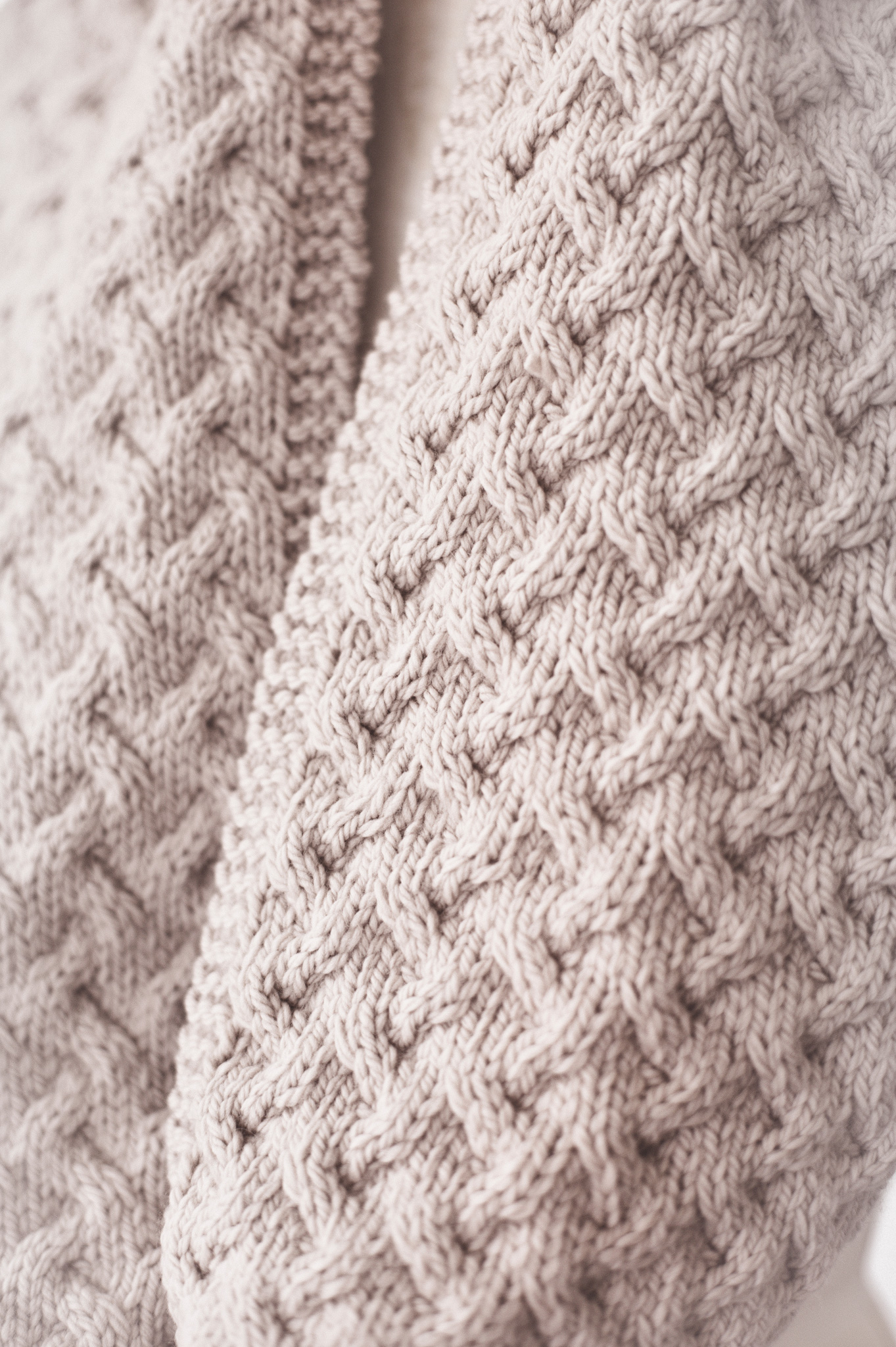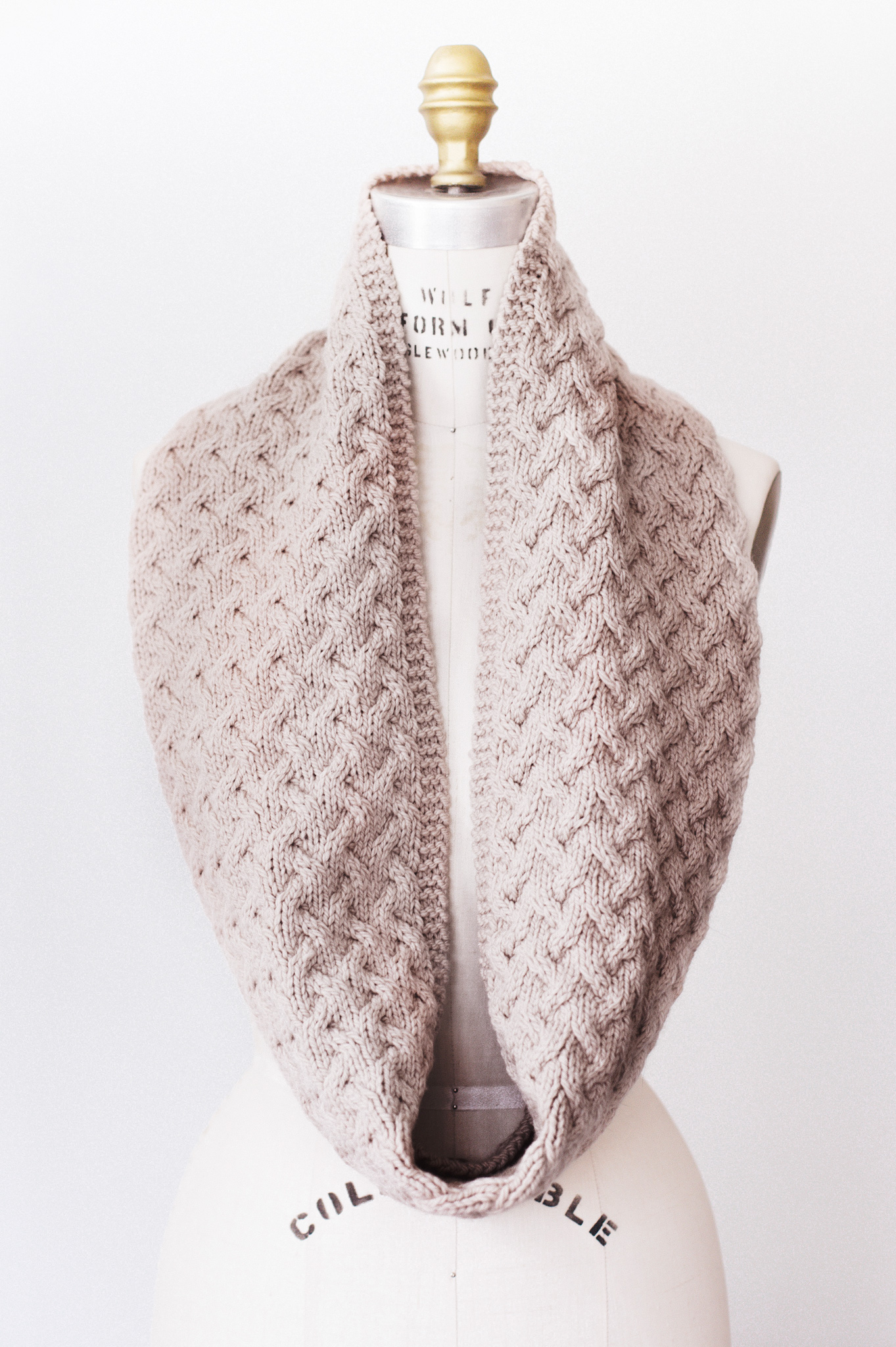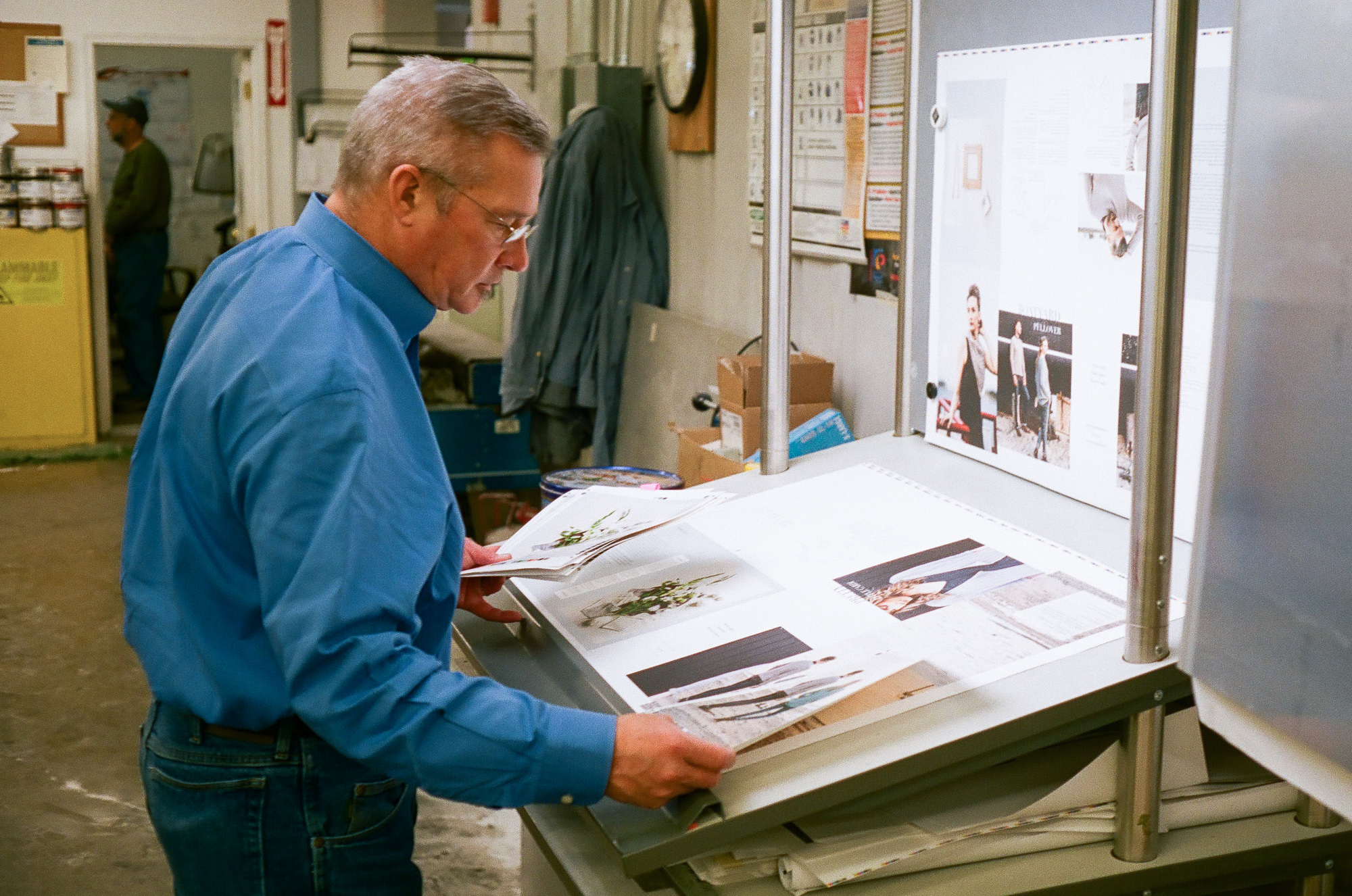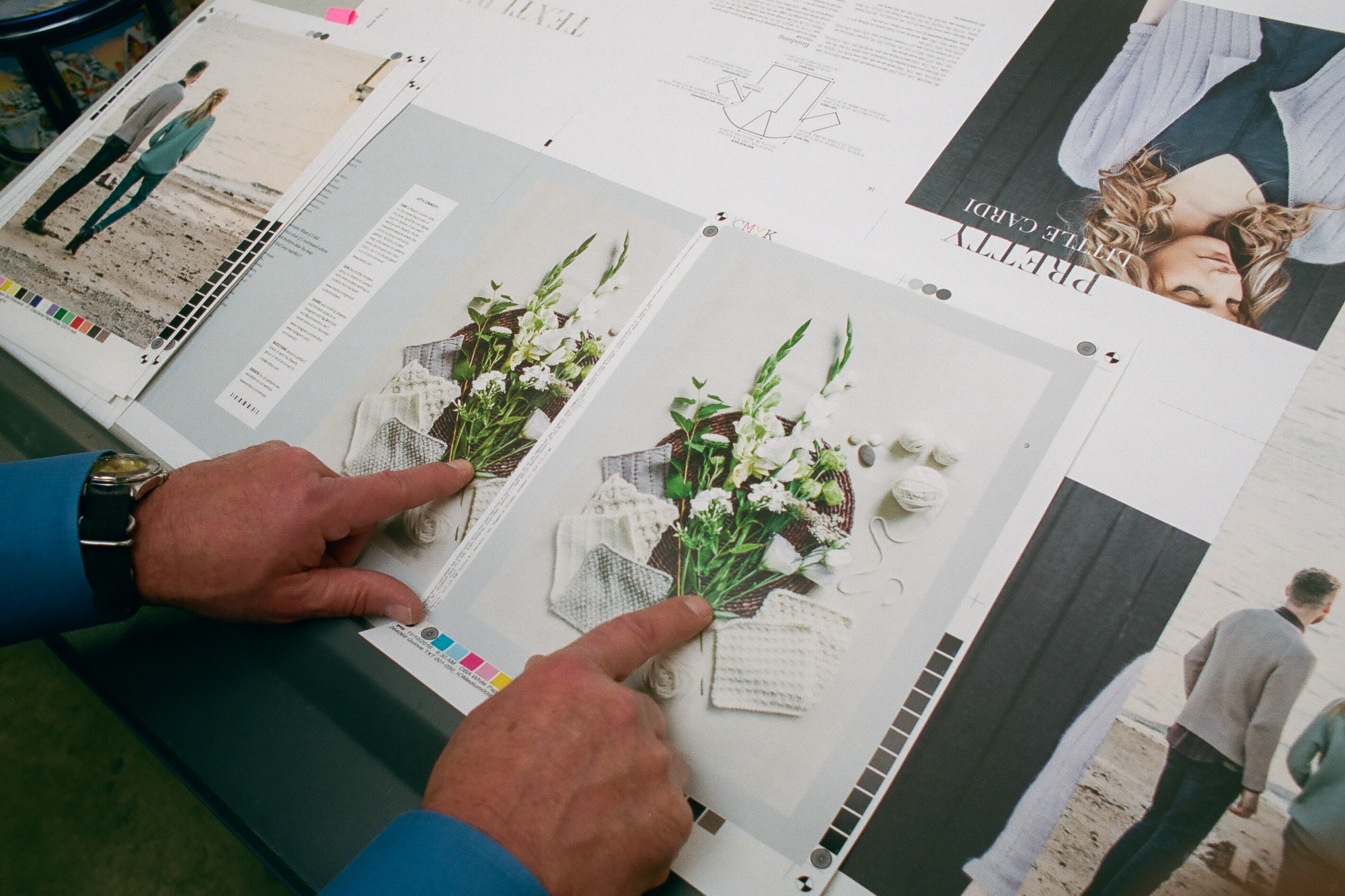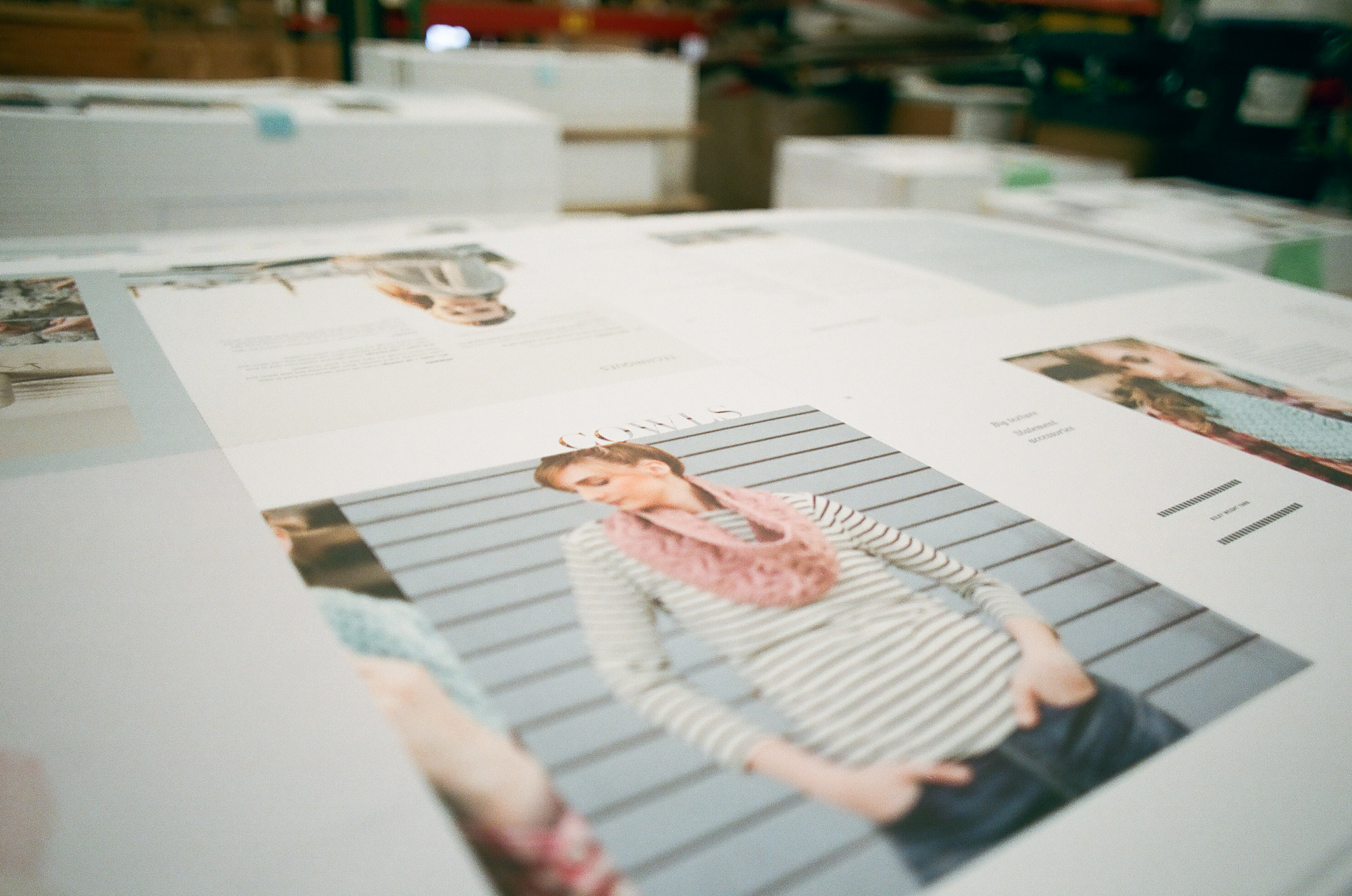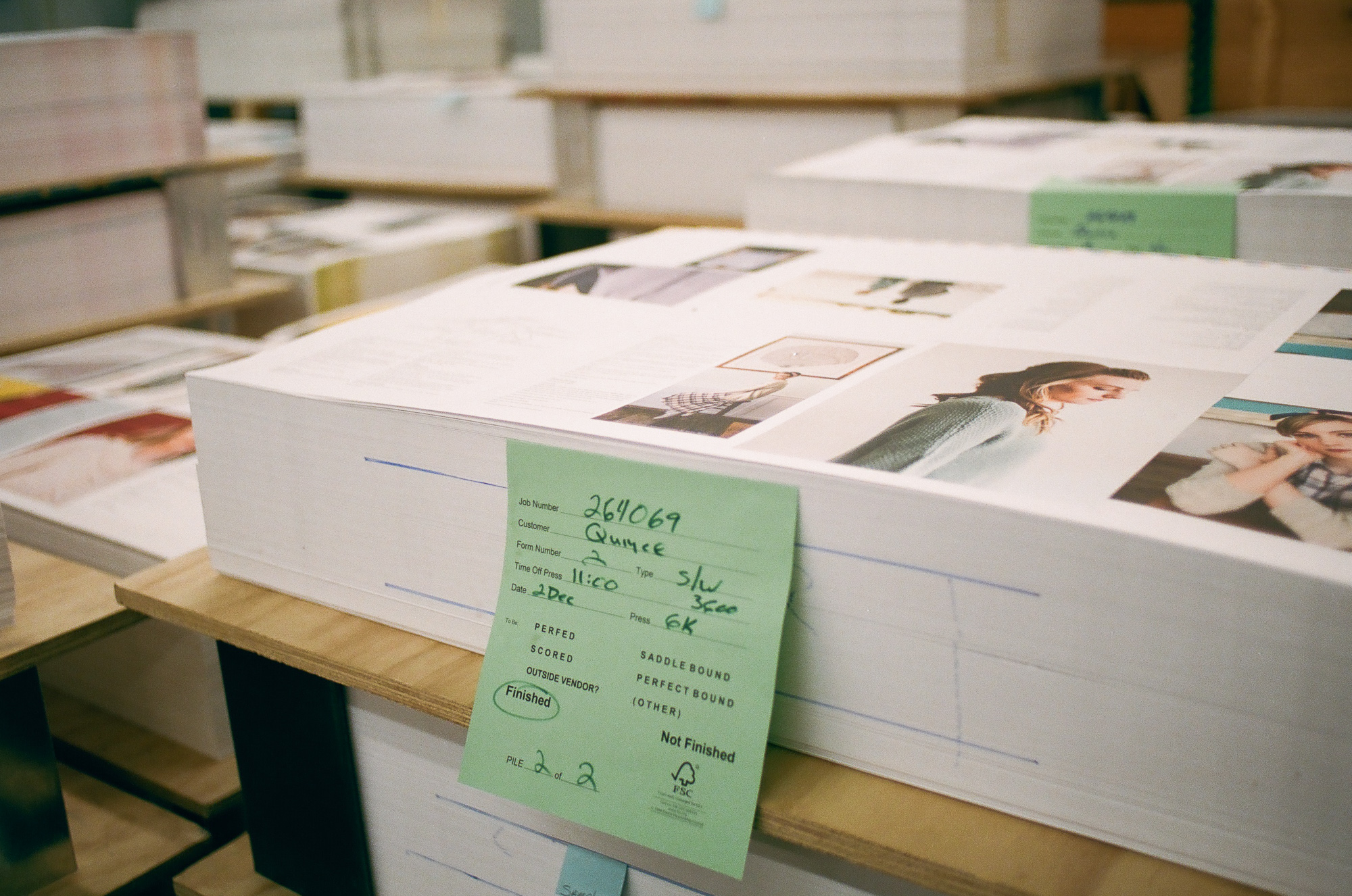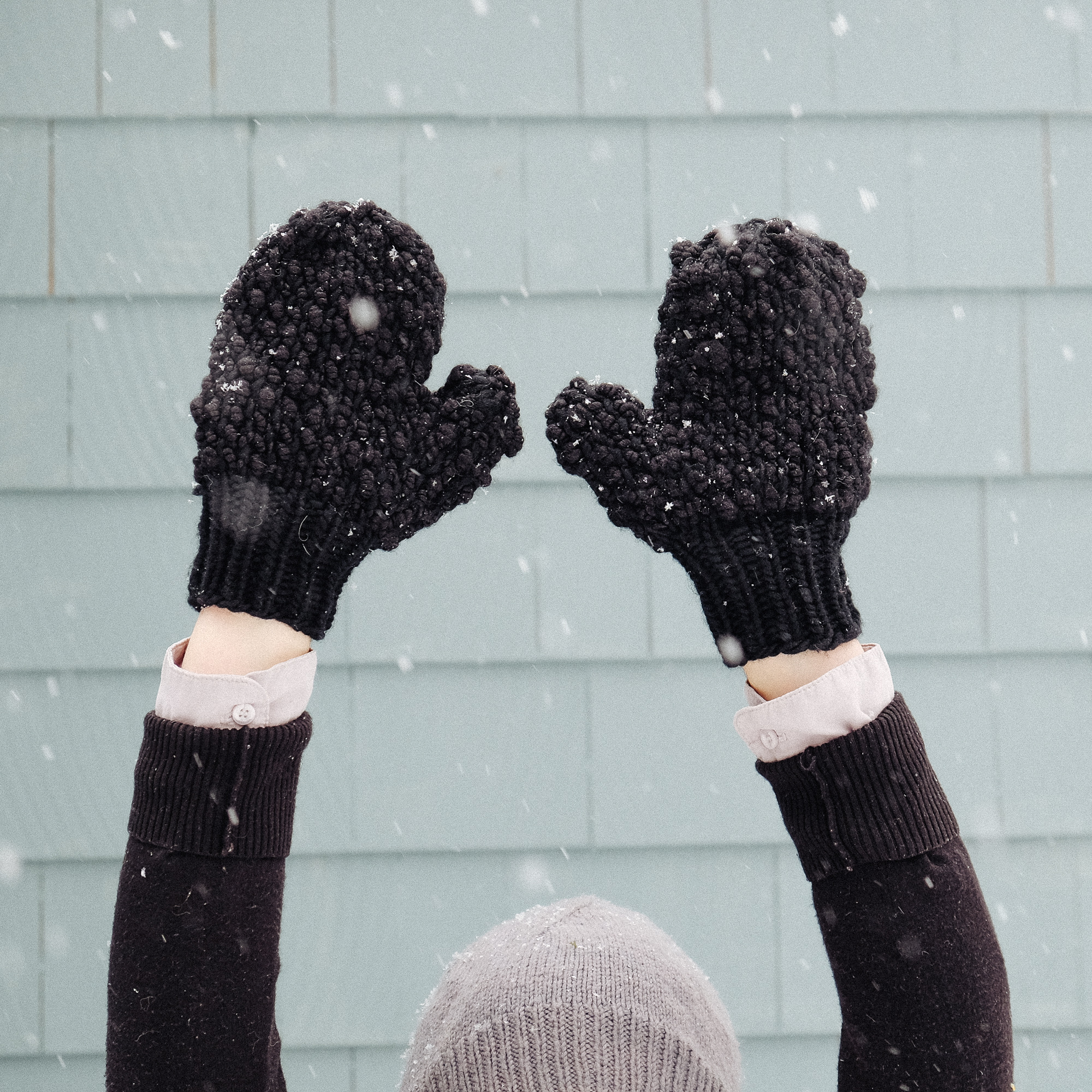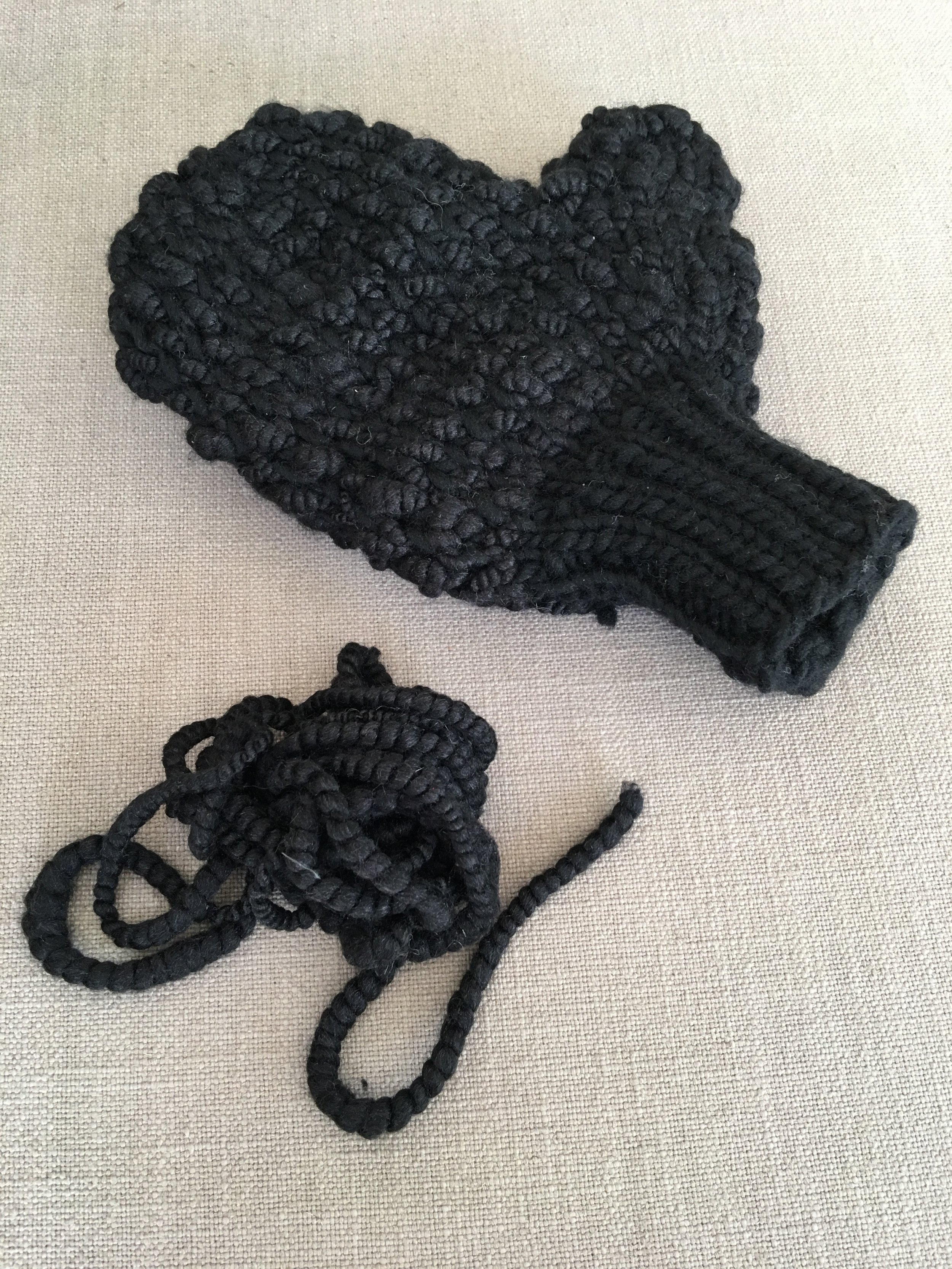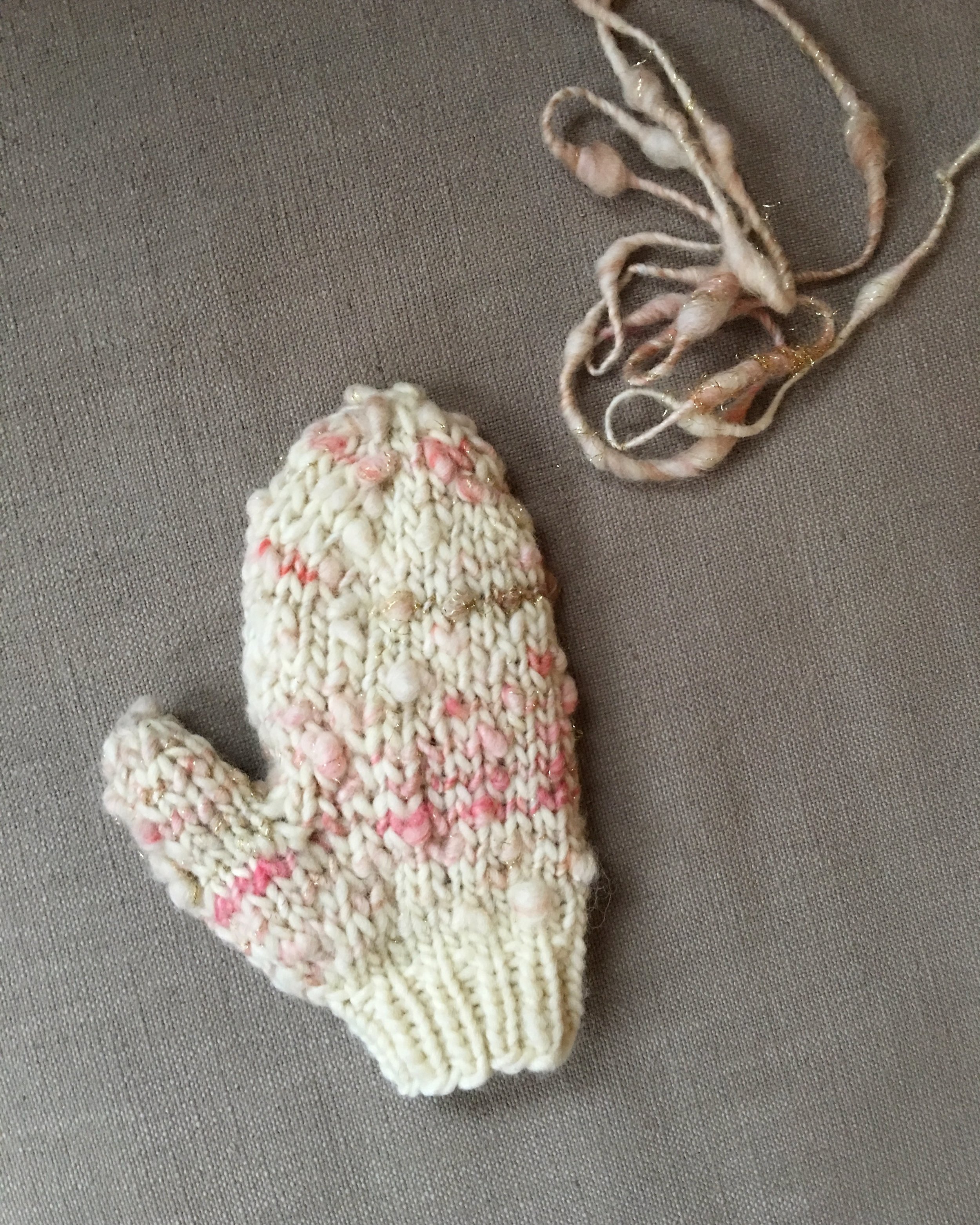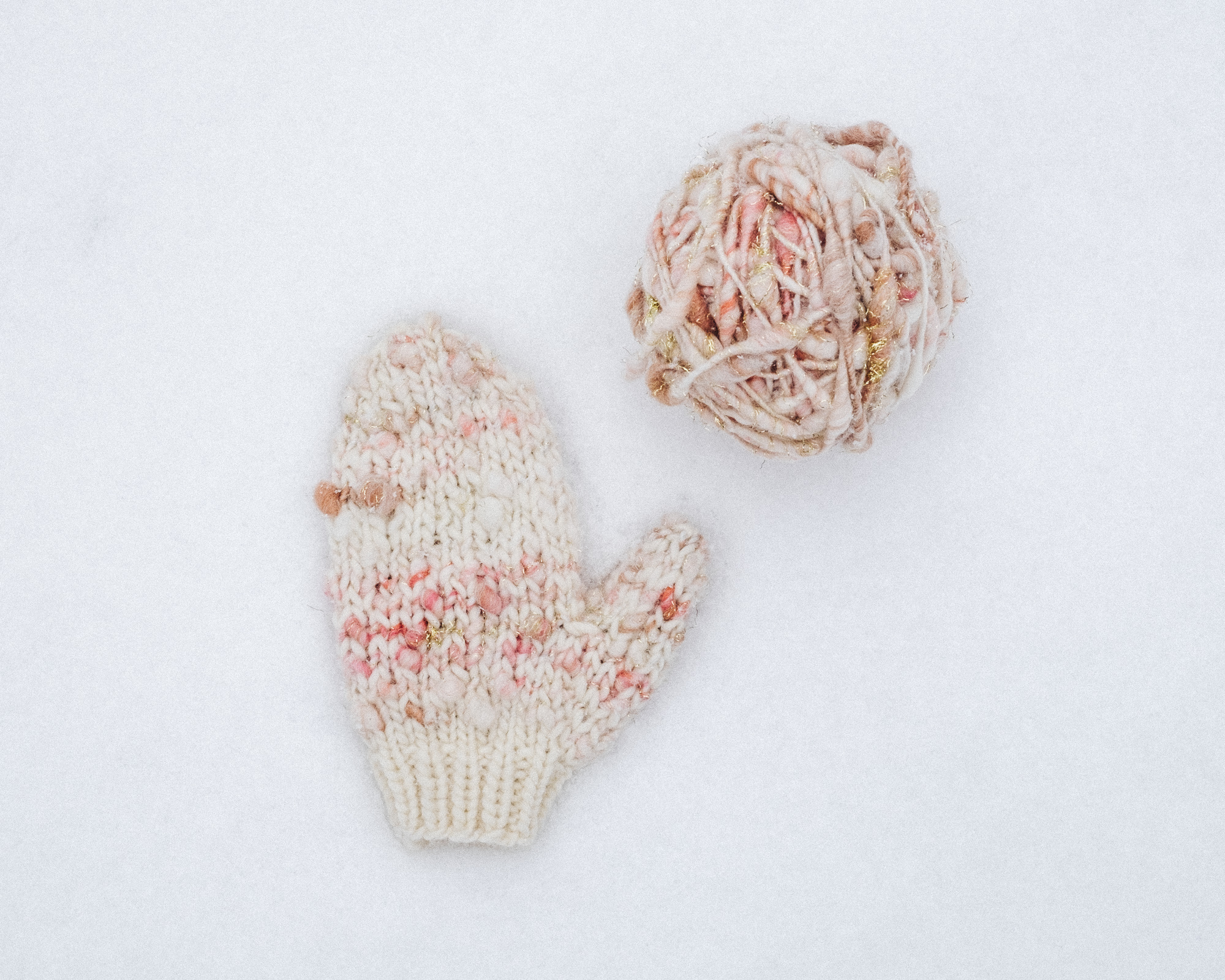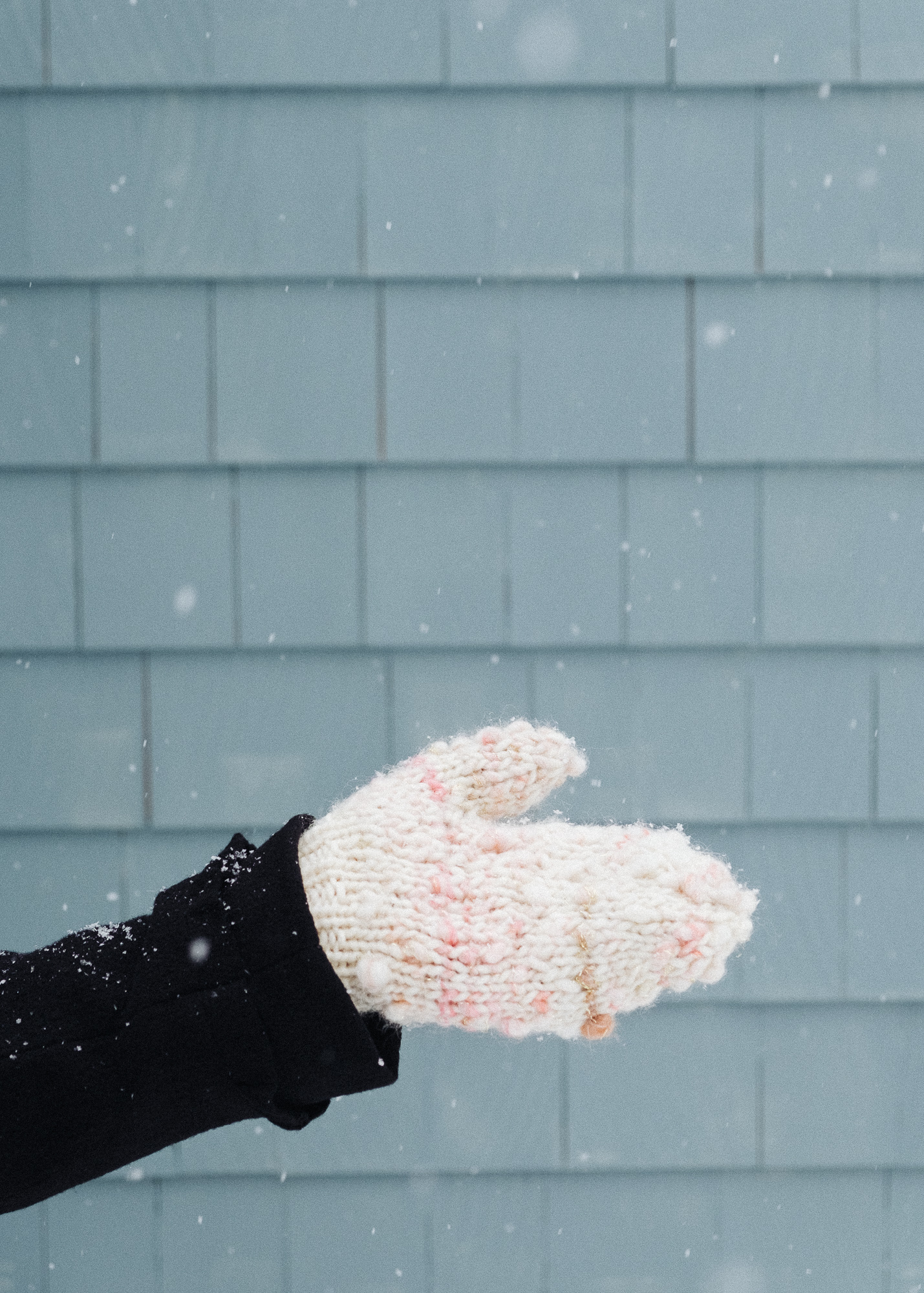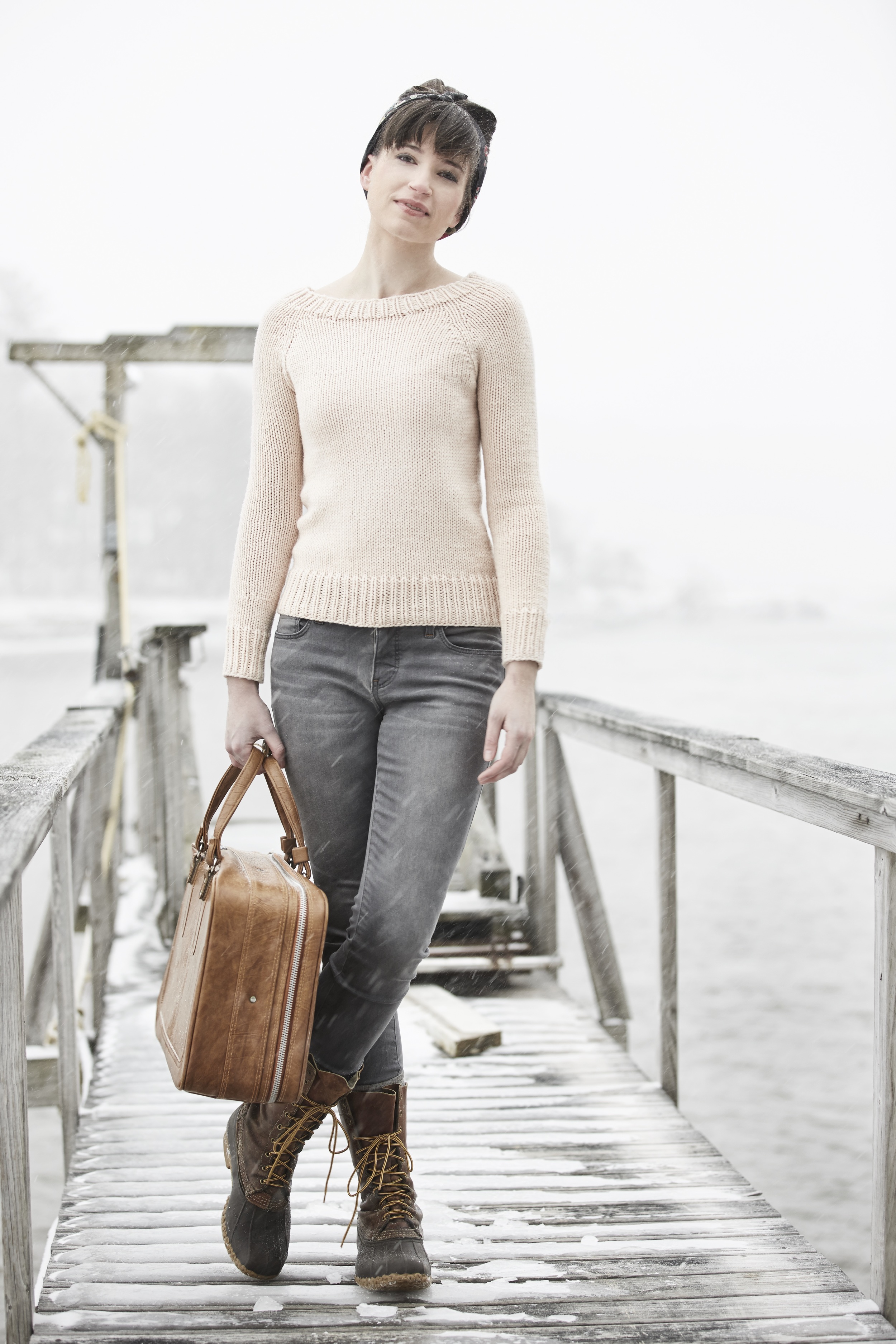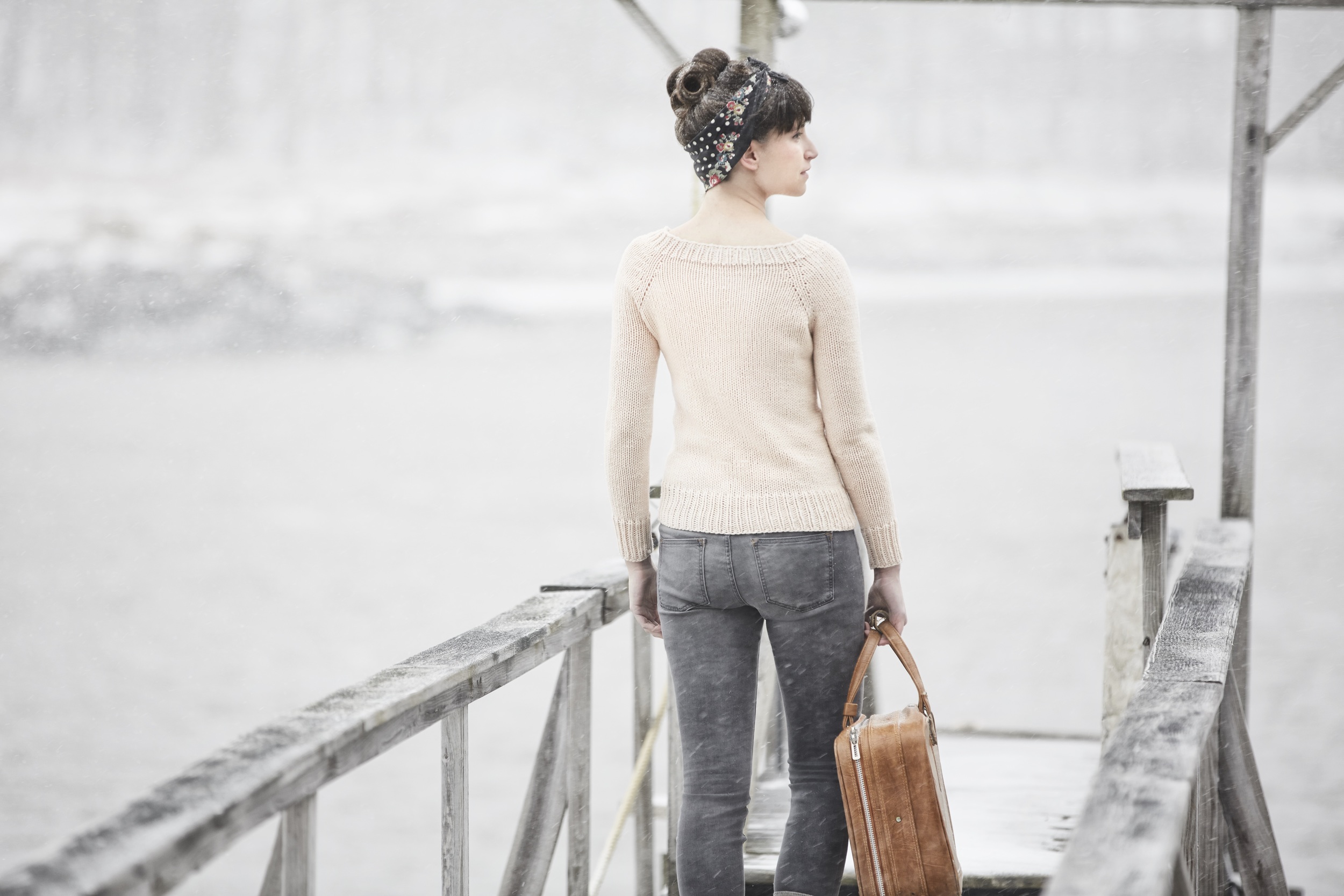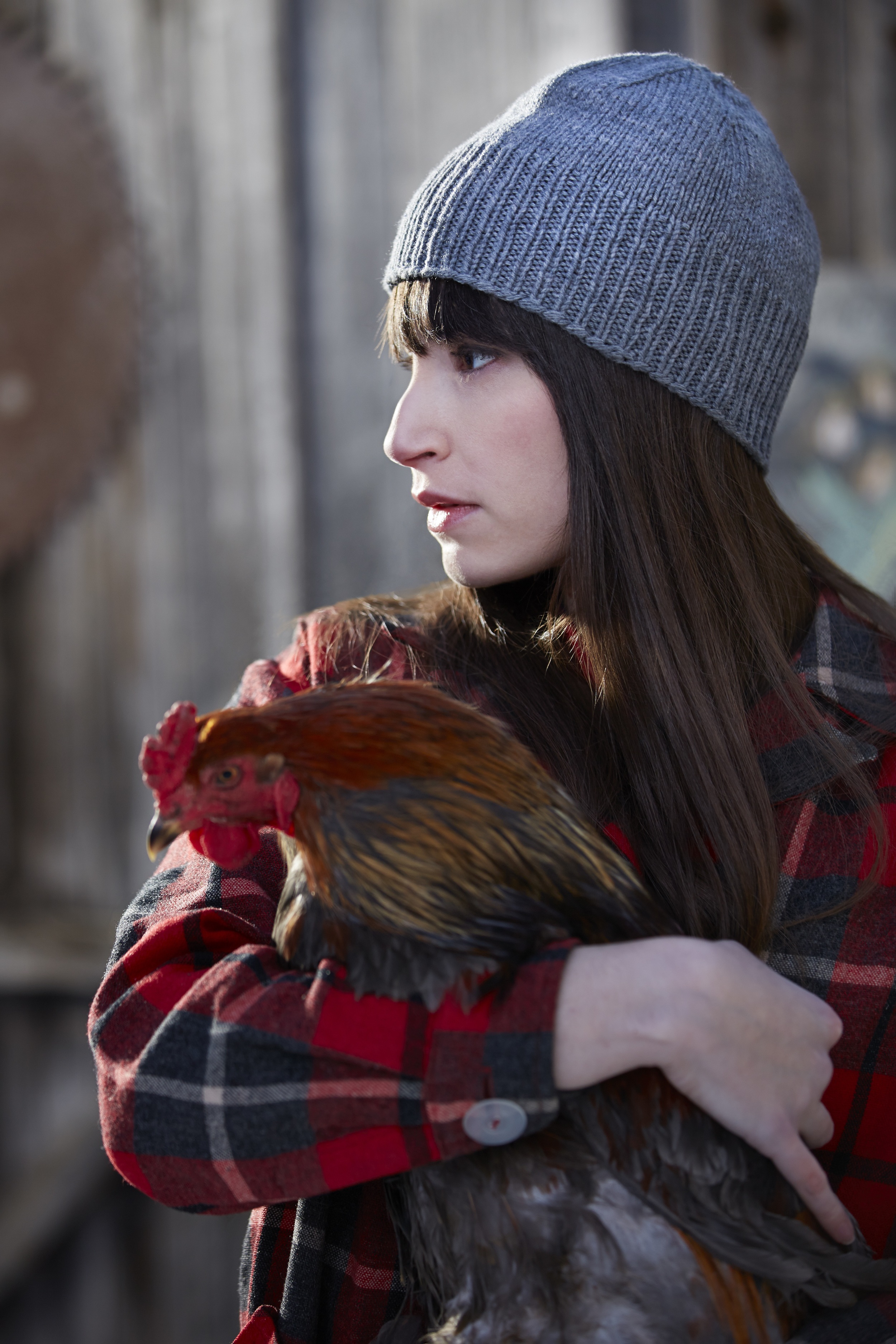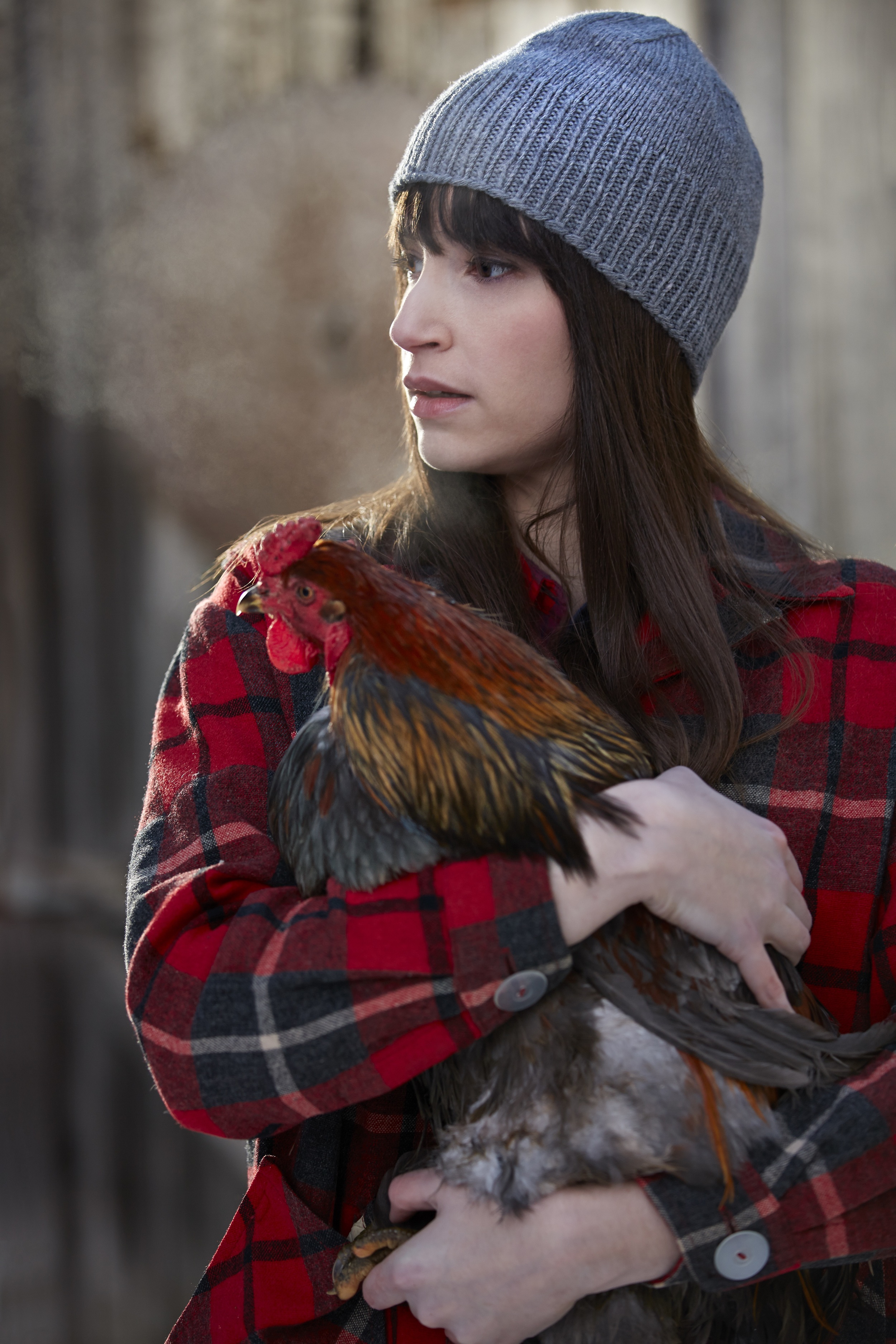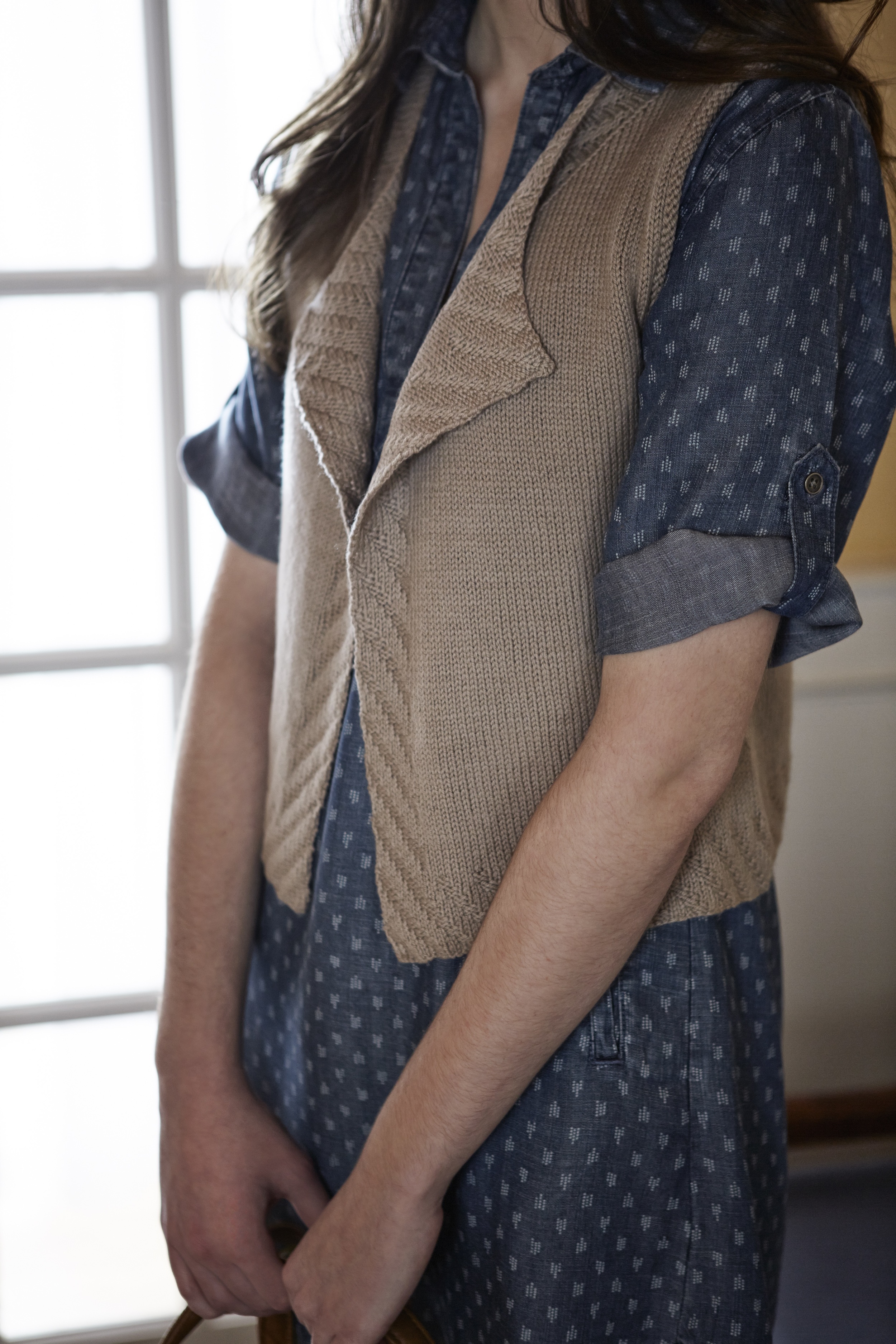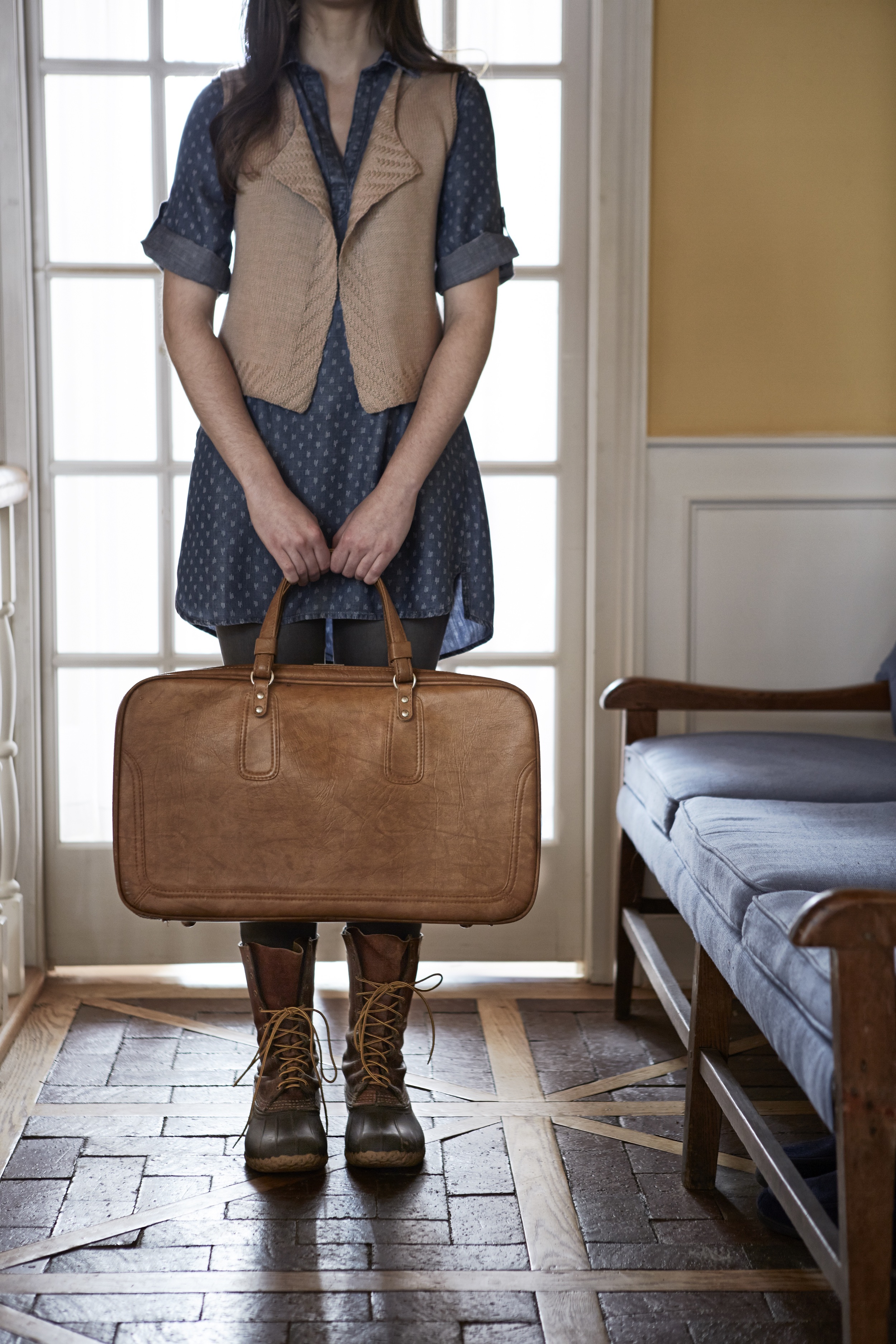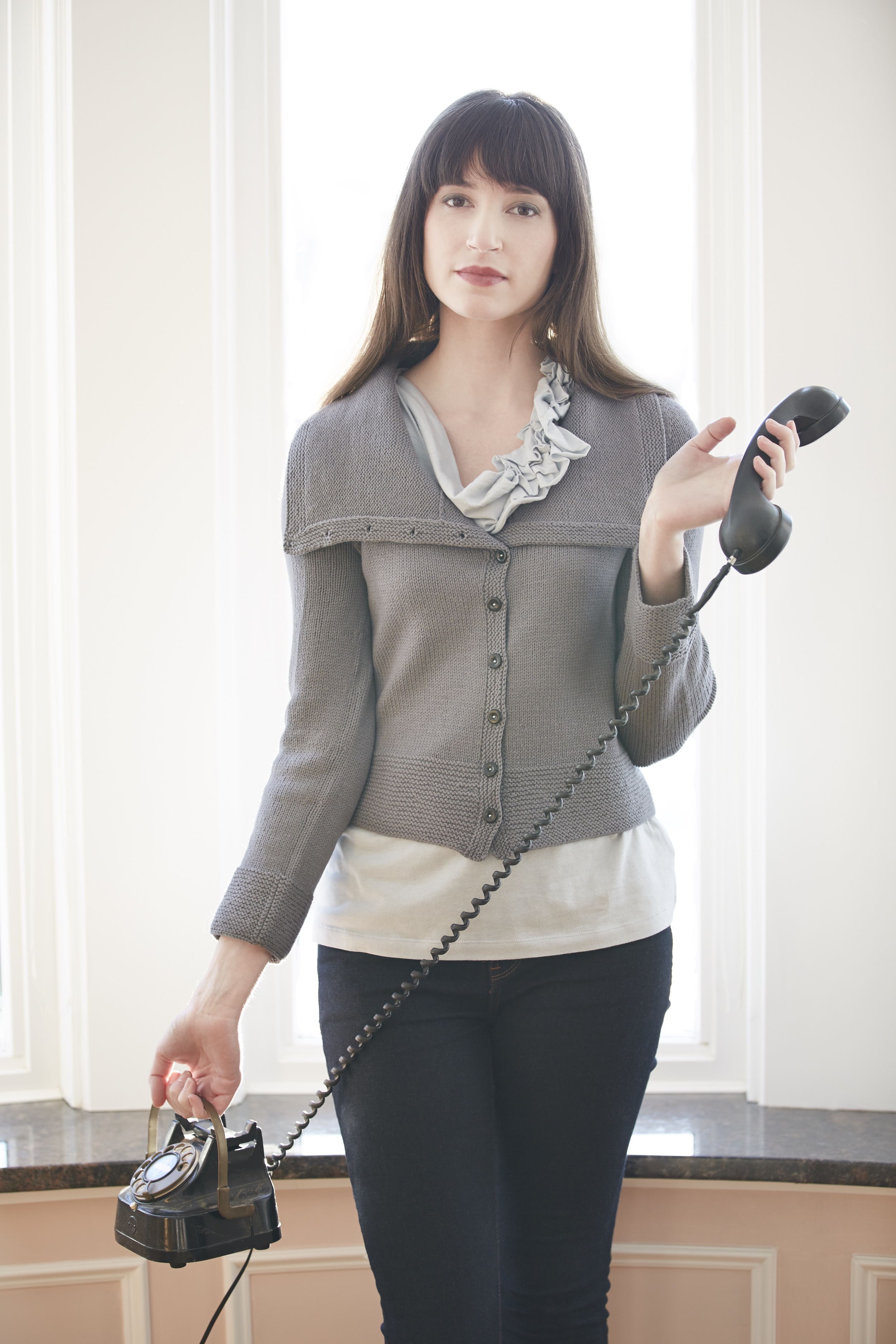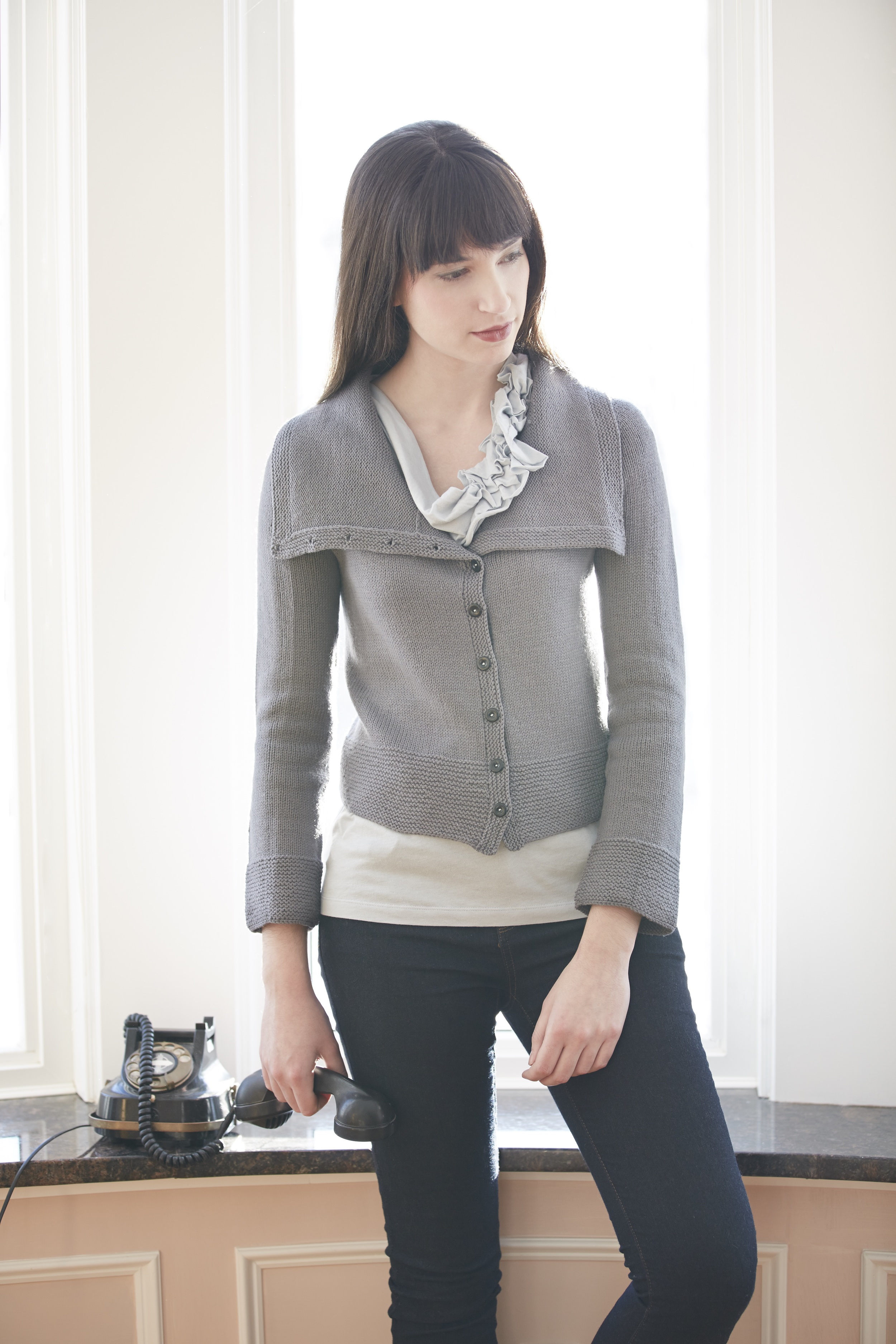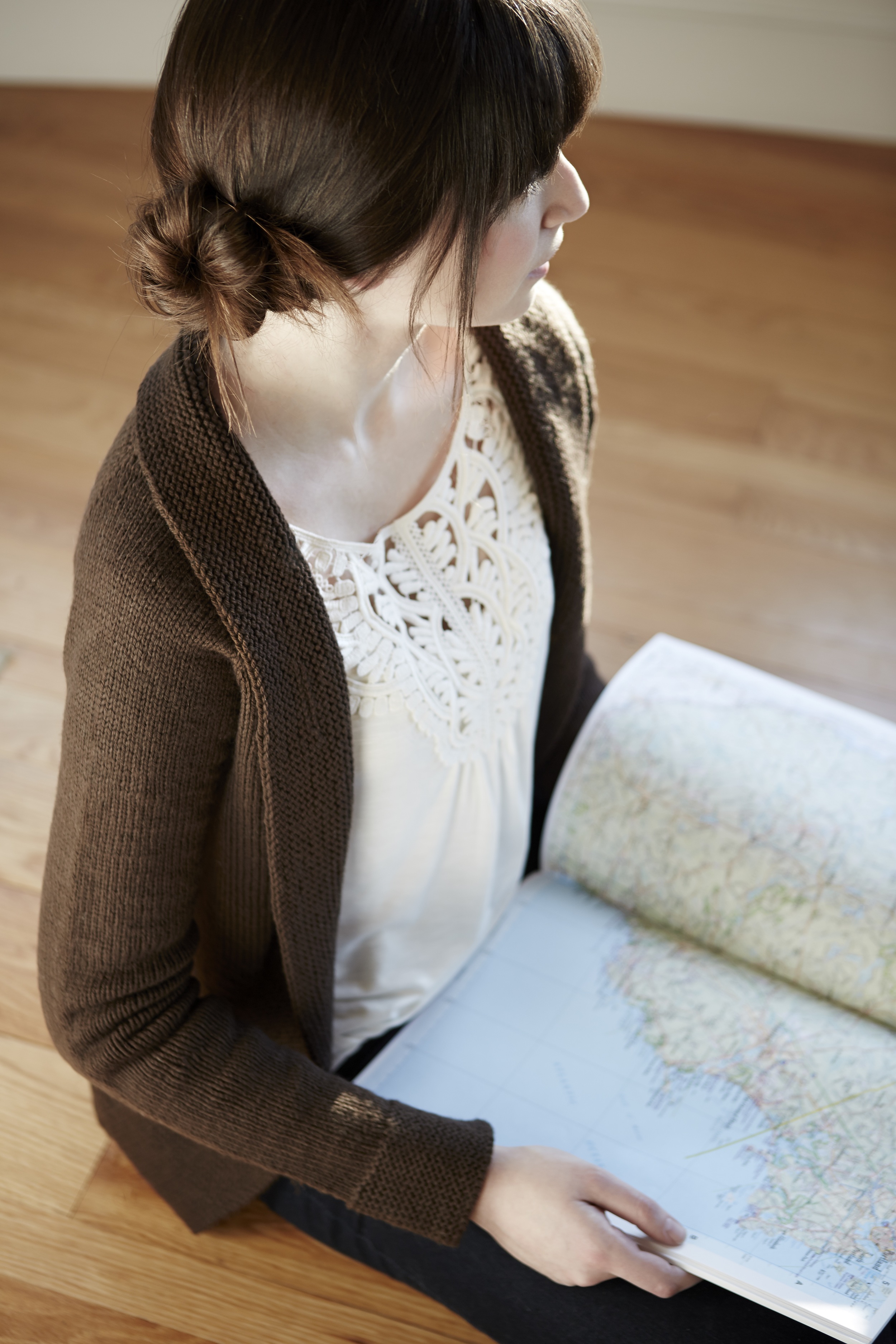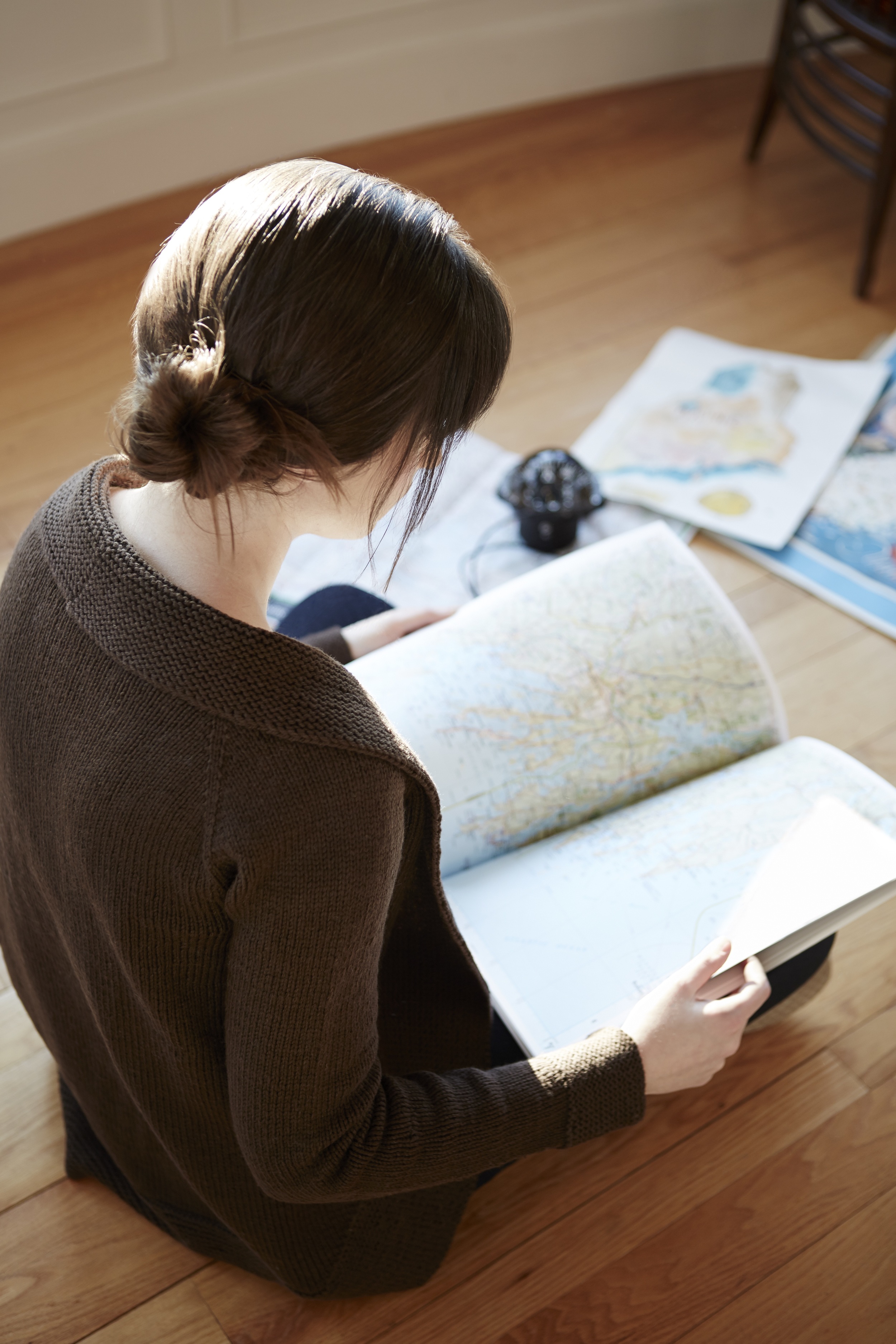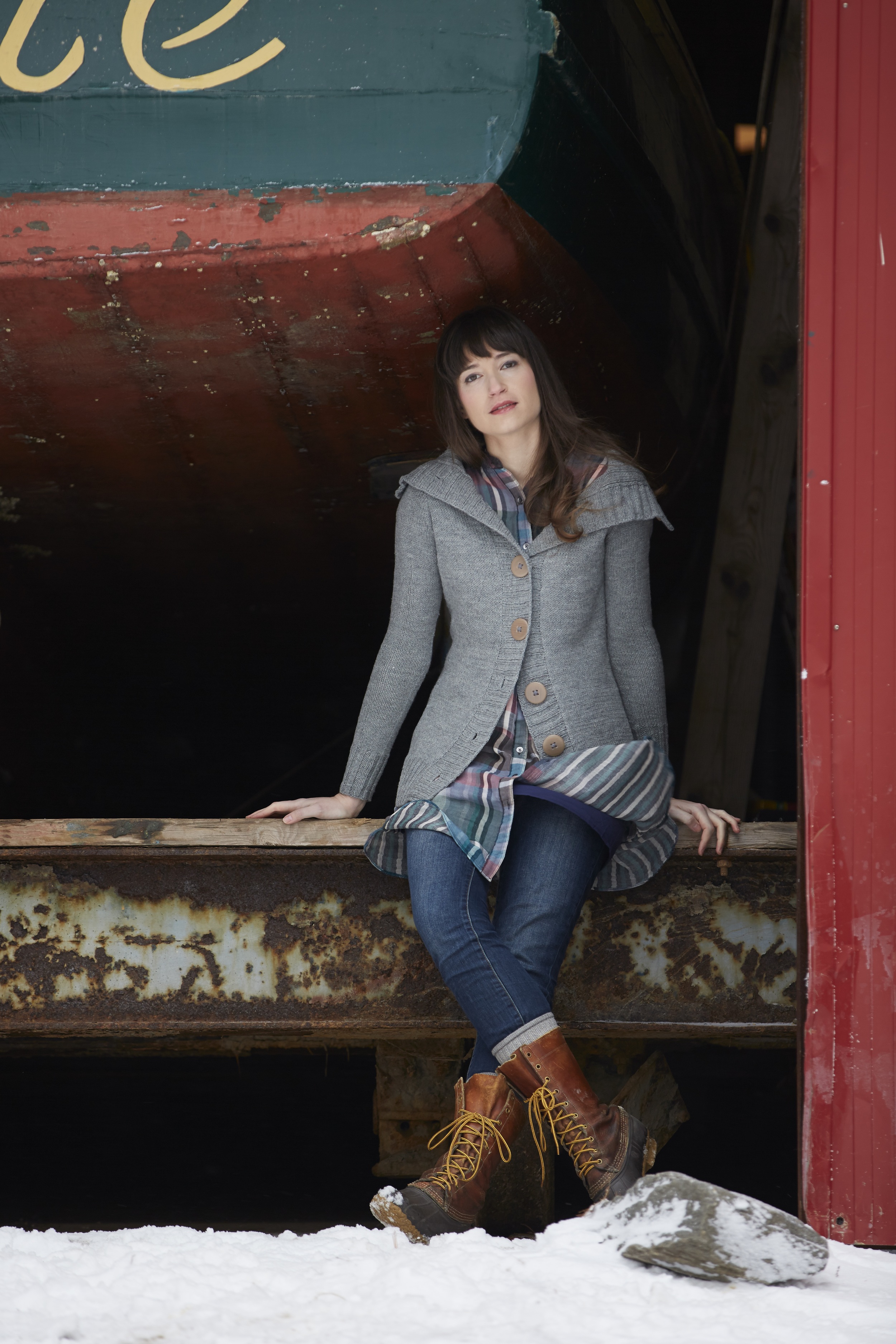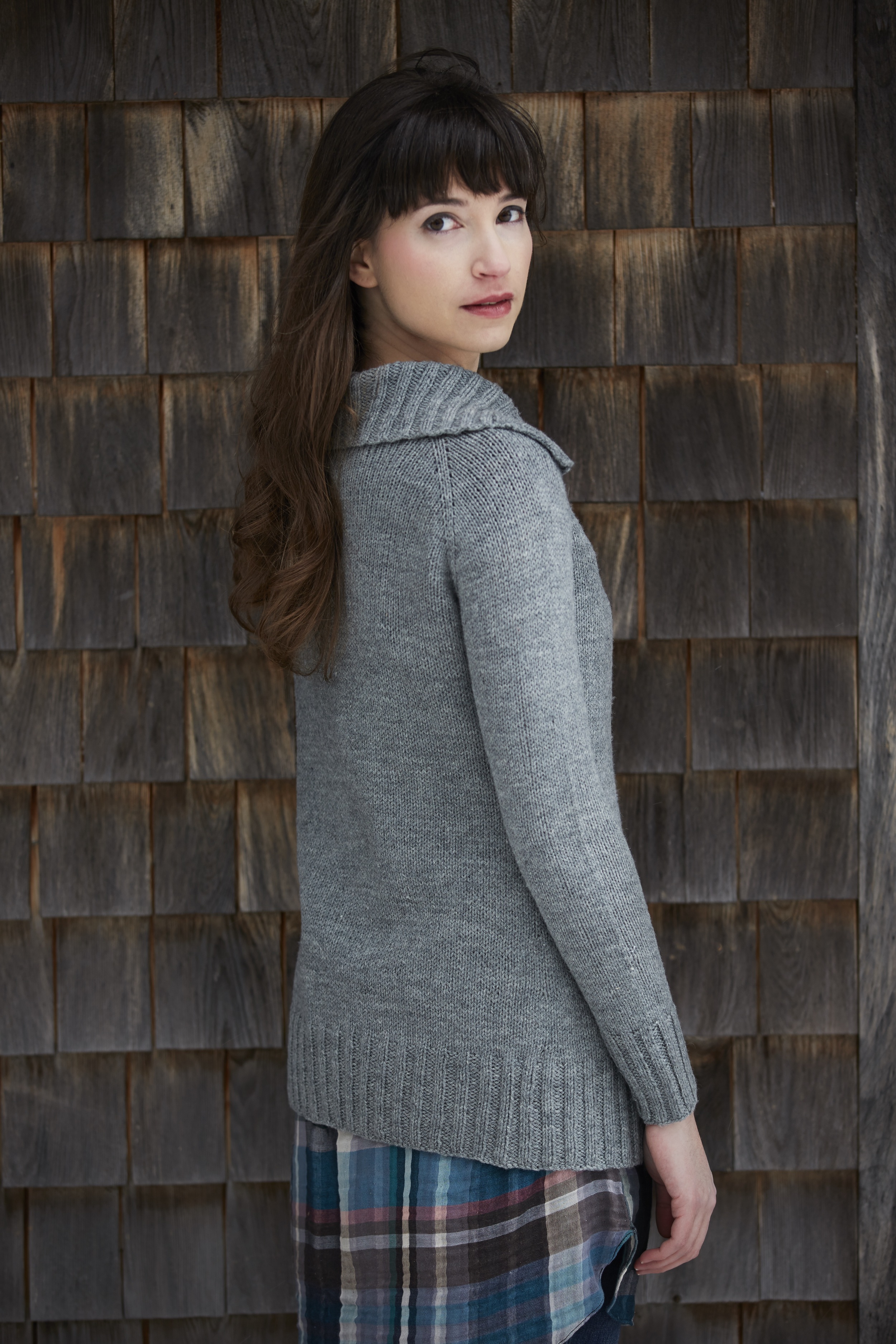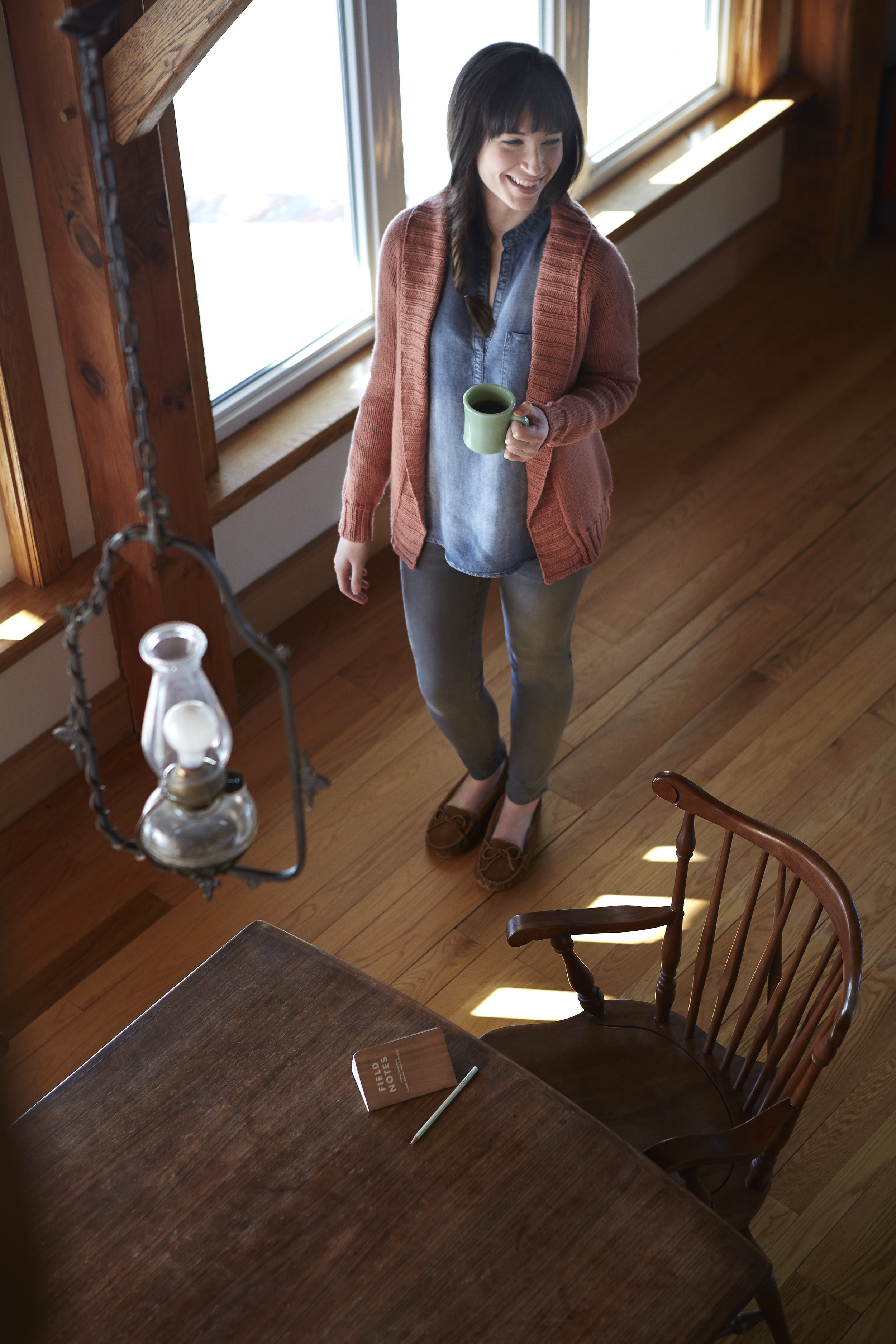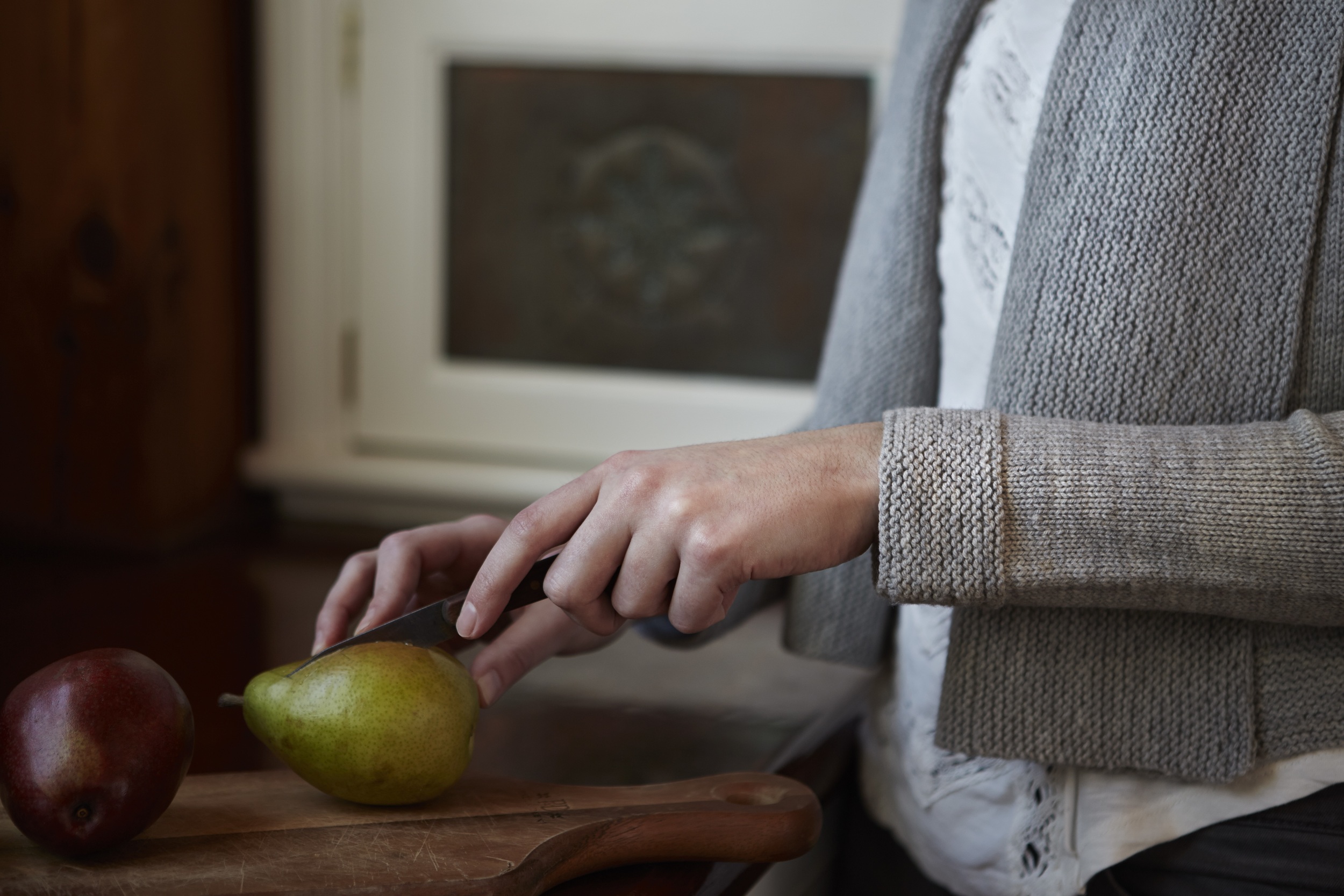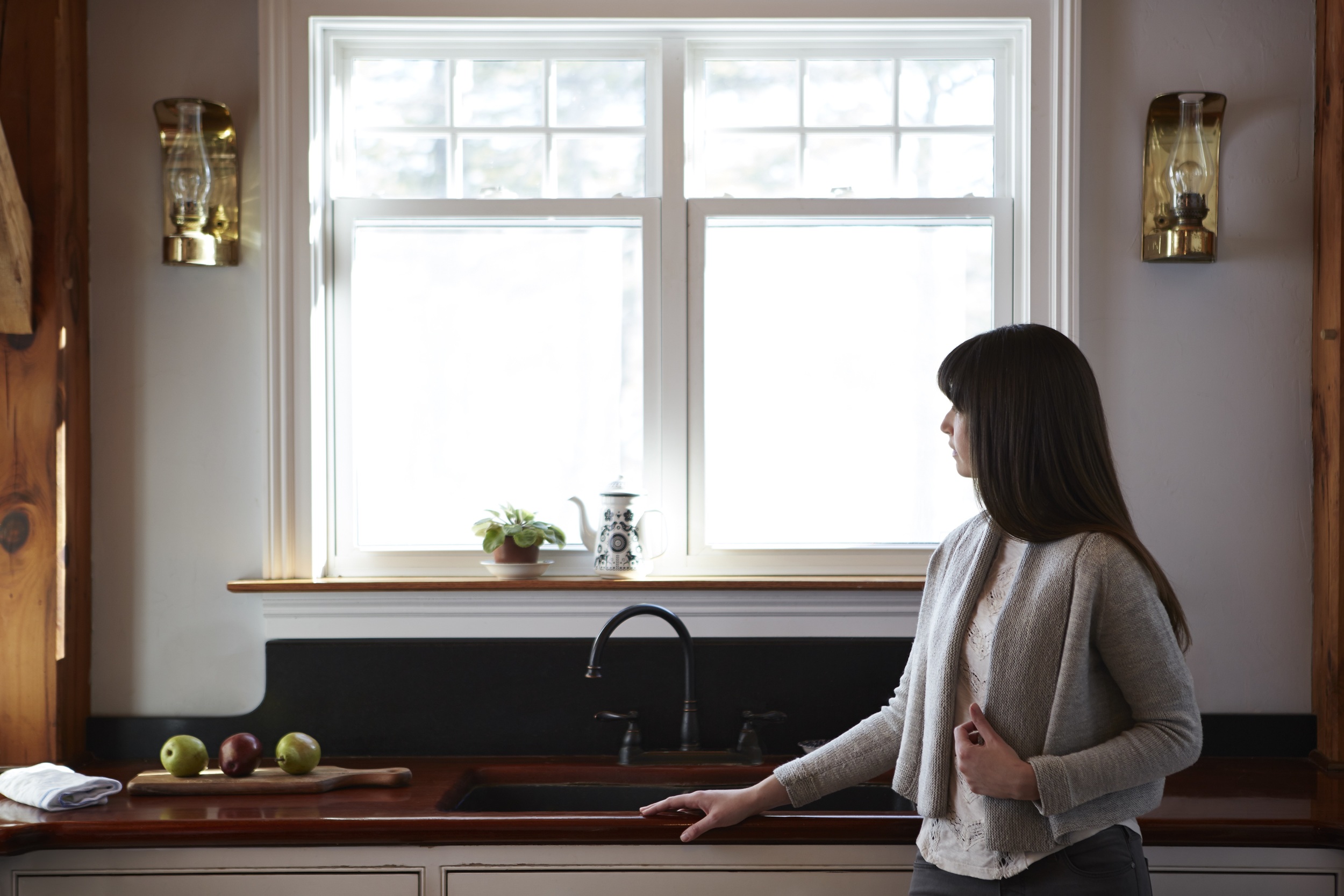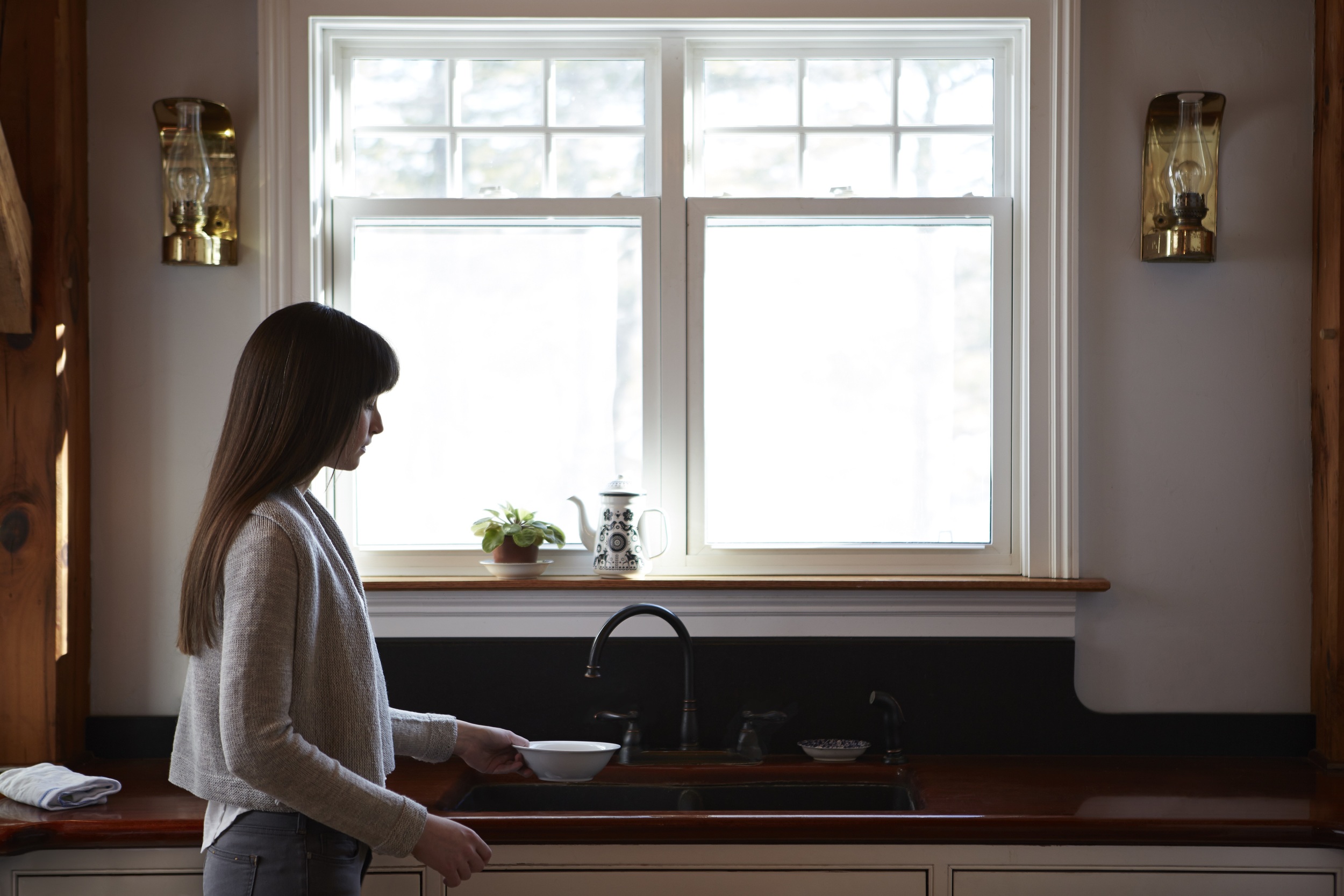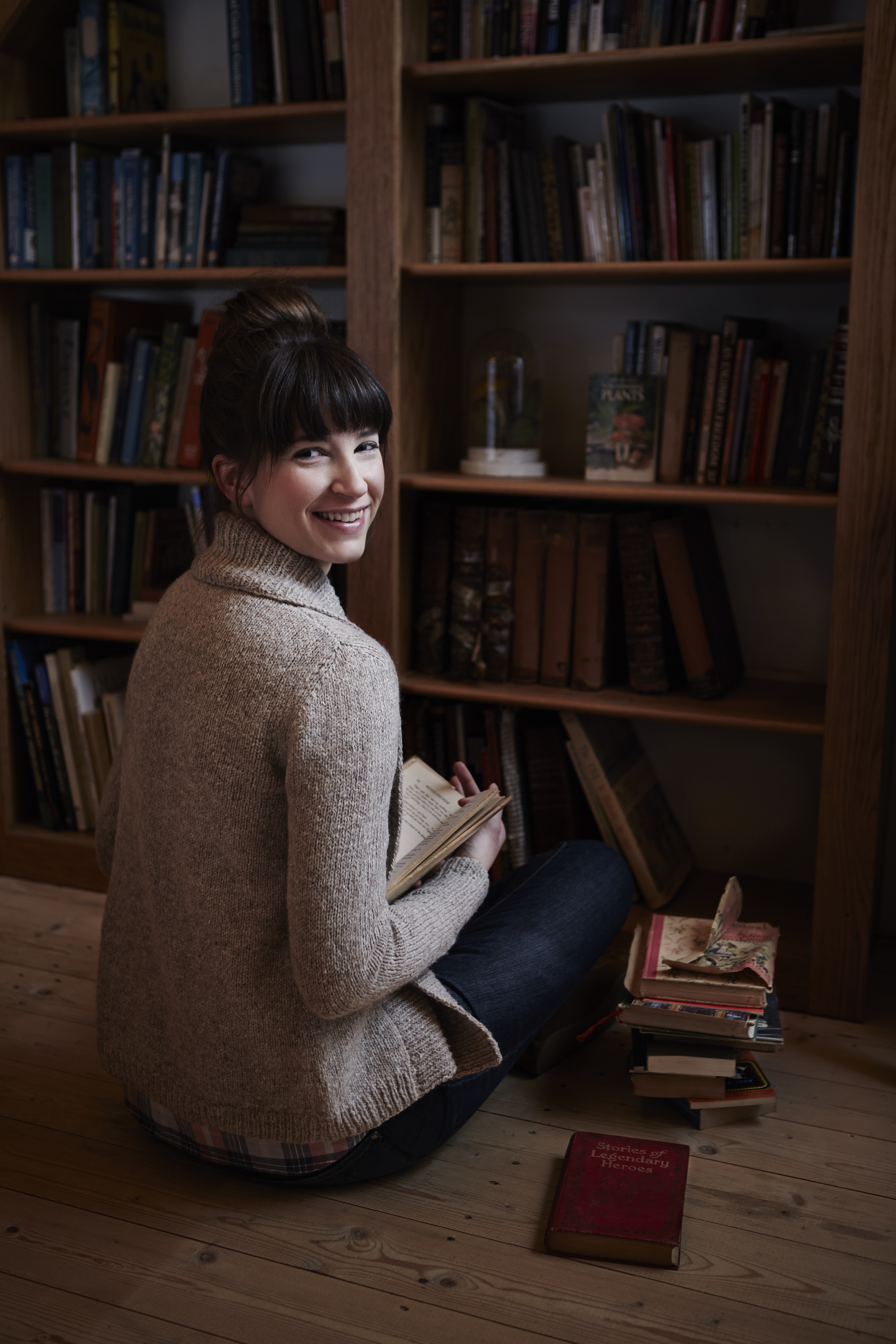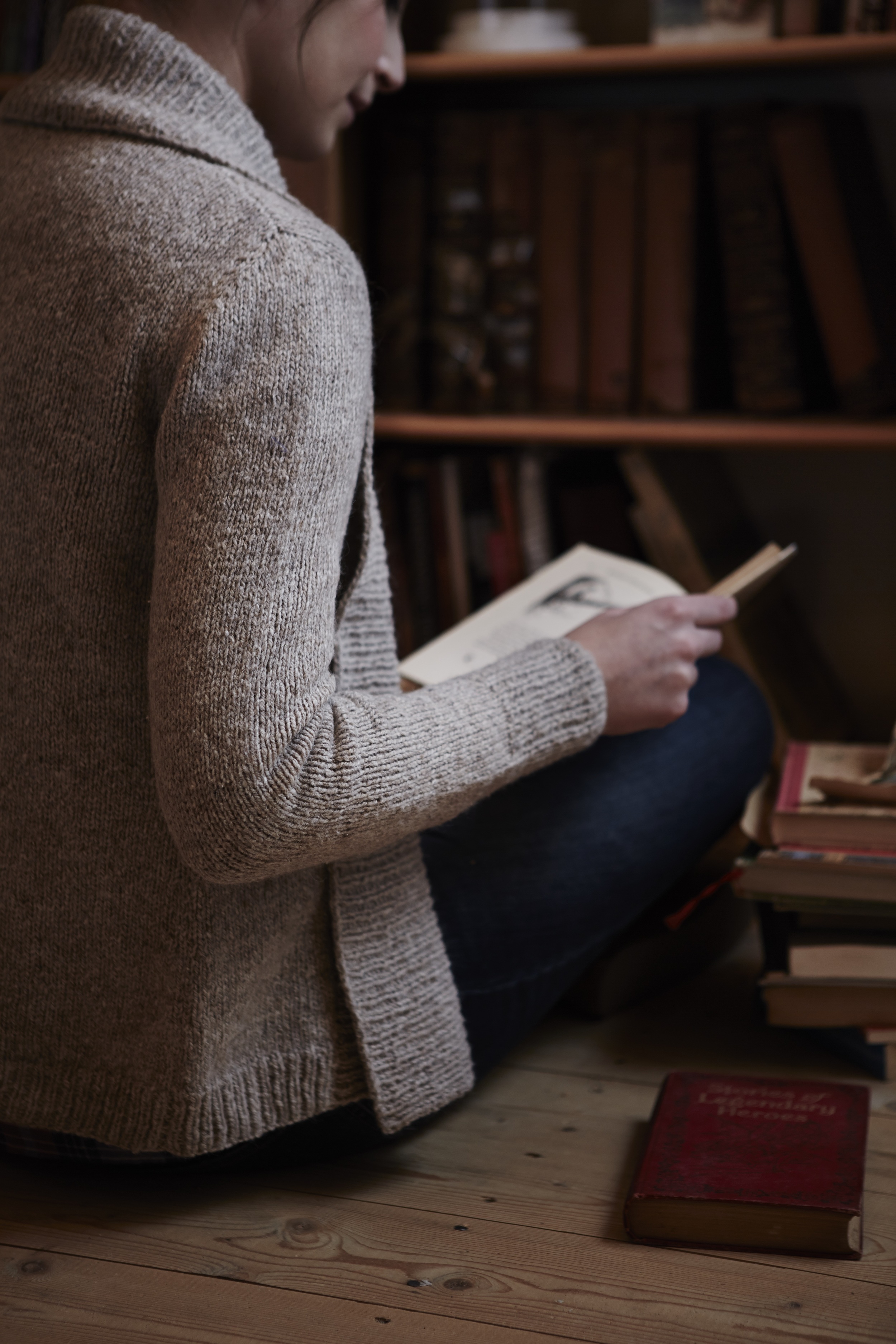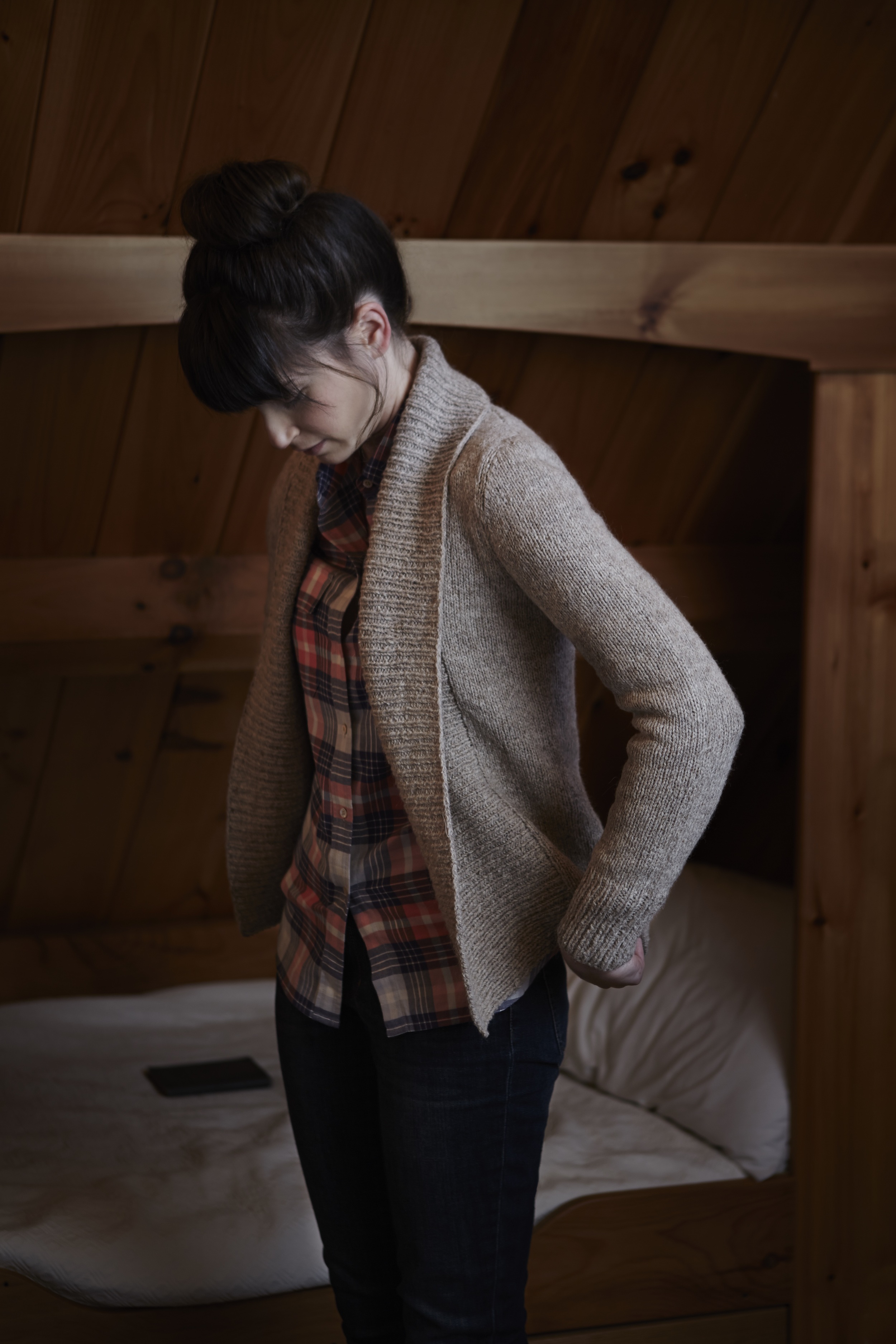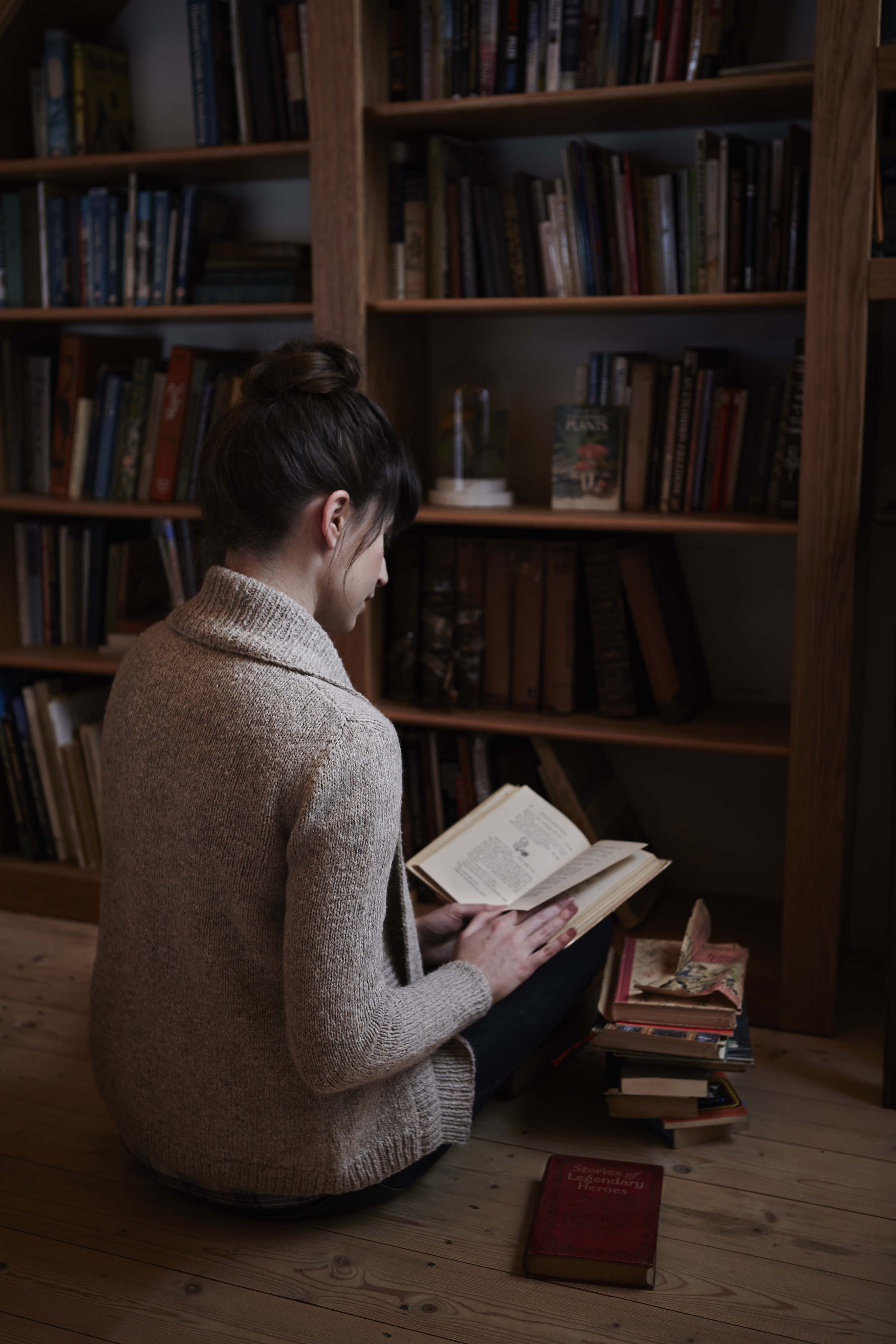This pattern includes instructions for hats in five sizes at three different gauges!
TO FIT
Baby 16" (Toddler 18", Child 20", Adult 22", XL Adult 24")
Shown in version C with 1.5" / 4 cm of negative ease; suggested negative ease of 0–2" / 0–5 cm
VERSION A: BULKY WEIGHT
FINISHED CIRCUMFERENCE:
15 (17, 19, 21, 23)" / 38 (43, 48, 53, 58) cm
FINISHED HEIGHT: 6 (6.75, 7.75, 8.75, 9.75)" /15.25 (17, 19.5, 22.25, 24.75) cm
YARN: 1 skein Quince & Co. Osprey (100% American wool; 170 yd / 155 m per 100 g skein) OR 45 (56, 70, 88, 110) yd / 41 (51, 64, 80, 100) m of bulky weight yarn
NEEDLES: US 9 / 5.5 mm
16" / 40 cm circular; US 10 / 6.0 mm
16" / 40 cm circular and set of double-pointed needles
NOTIONS: Stitch markers, tapestry needle
GAUGE: 14 sts and 20 rows = 4" / 10 cm in St st
VERSION B: WORSTED WEIGHT
FINISHED CIRCUMFERENCE:
14.5 (16.75, 19.25, 20.75, 22.5)" / 37 (42.5, 49, 52.75, 57.25) cm
FINISHED HEIGHT: 5.5 (6.25, 7.25, 8.5, 9.75)" / 14 (15.75, 18.25, 21.5, 24.75) cm
YARN: 1 (1, 1, 2, 2) skein(s) Quince & Co. Lark (100% Ameri- can wool; 134 yd / 123 m per
50 g skein) OR 75 (95, 115, 140, 170) yd / 69 (87, 105, 125, 155) of worsted weight yarn
NEEDLES: US 5 / 3.75 mm 16" / 40 cm circular;
US 7 / 4.5 mm 16" / 40 cm circular and set of double-pointed needles
NOTIONS: Stitch markers, tapestry needle
GAUGE: 20 sts and 28 rows = 4" / 10 cm in St st
VERSION C: DK WEIGHT
FINISHED CIRCUMFERENCE:
15 (16.25, 18.75, 21, 22.75)" / 38 (41.25, 47.75, 53, 57.75) cm
FINISHED HEIGHT: 5.75 (7, 7.25, 8.5, 9.5)" / 14.5 (17.75, 18.25, 21.5, 24) cm
YARN: 1 (1, 1, 2, 2) skein(s) Quince & Co. Chickadee (100% American wool; 170 yd / 155 m per 100 g skein) in Kumlien’s Gull OR 92 (116, 144, 180, 215) / 84 (106, 132, 165, 197) m of dk weight yarn
NEEDLES: US 3 / 3.25 mm
16" / 40 cm circular;
US 5 / 3.75 mm
16" / 40 cm circular and set of double-pointed needles
NOTIONS: Stitch markers, tapestry needle
GAUGE: 24 sts and 32 rows = 4" / 10 cm in St st



